- Improved ride and handling balance
- Extra power is noticeable
- Excellent value for money
- Transmission and active safety equipment need refinement
- Centre screen and driving position aren’t up to standard
- Strange service intervals
It’s no secret that Australians love a sporty – or sporty-looking – car. Automakers often tout how many sports models are sold in Australia and performance sub divisions like Volkswagen’s R or Renaultsport (now Alpine) sell up a storm locally thanks to our love for these models. Chinese car maker GWM Haval has just launched a few sportier models – the first of which is the H6 GT coupe SUV and now we have this: the 2023 GWM Haval Jolion S. Is it sporty enough to whet our appetite? Let’s find out.
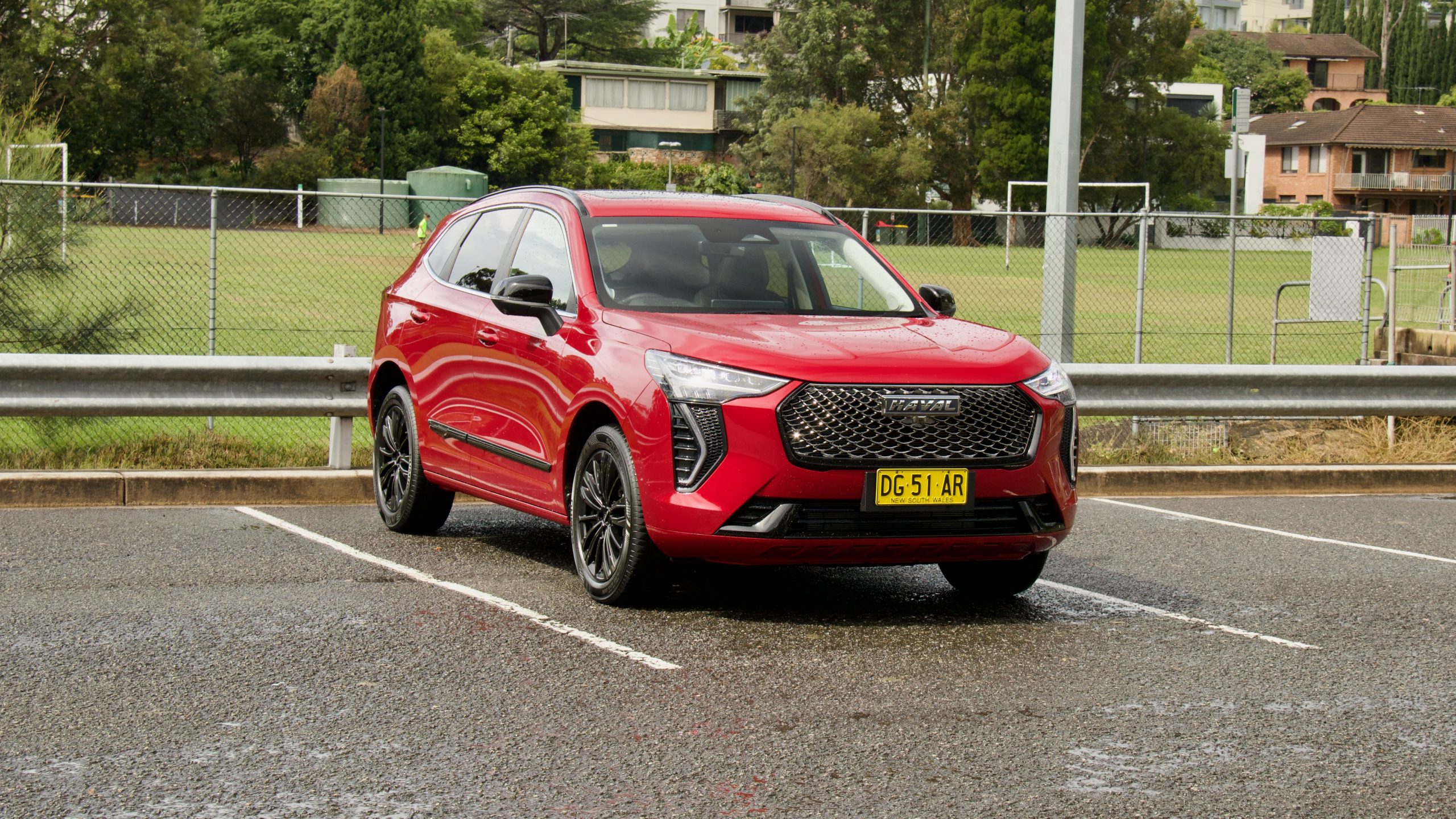
The Jolion S does not introduce a new performance sub-brand of GWM Haval, rather, adds some extra performance, ride and handling improvements and black exterior detailing to the top-spec Jolion Ultra. Will that be enough to attract more Australians to the brand?
Price & Equipment: 8.5/10
While the entry-level Jolion starts at $28,490 drive away, we tested the new Jolion S, which is priced at $36,990 drive away nationwide. It takes its equipment from the formerly top-spec Ultra, and adds a number of sportier details, as well as more power and torque and even independent rear suspension.
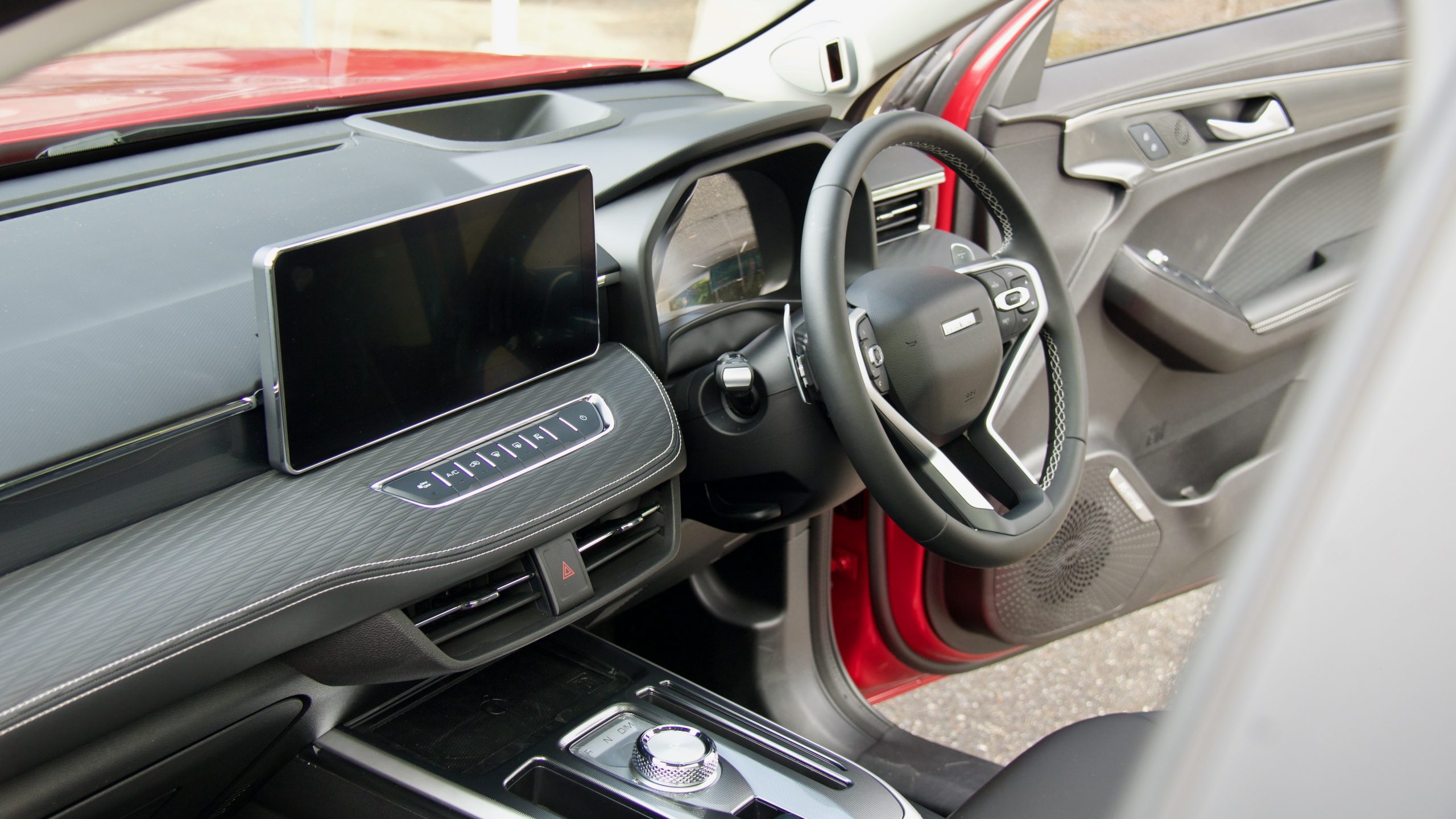
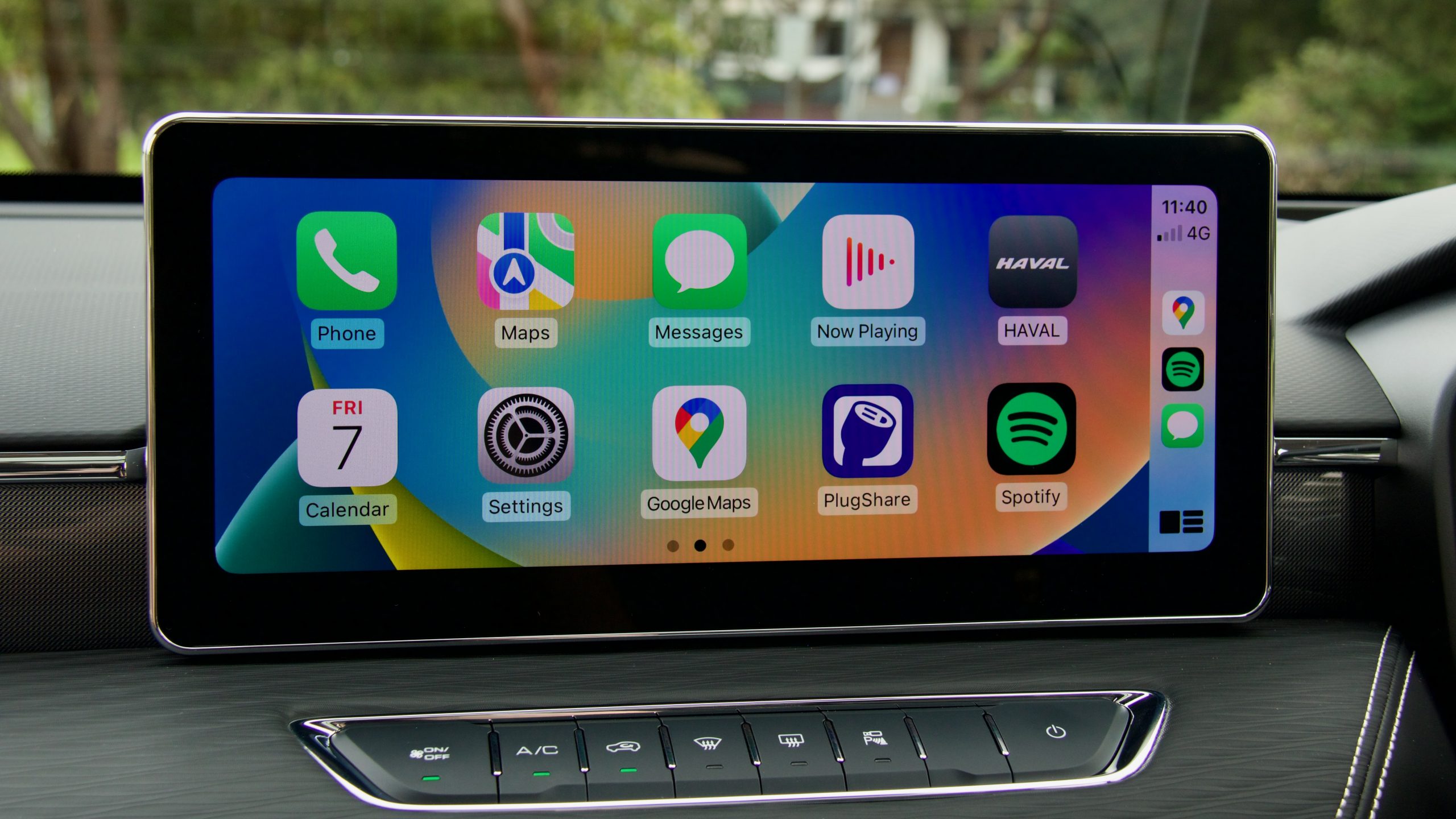
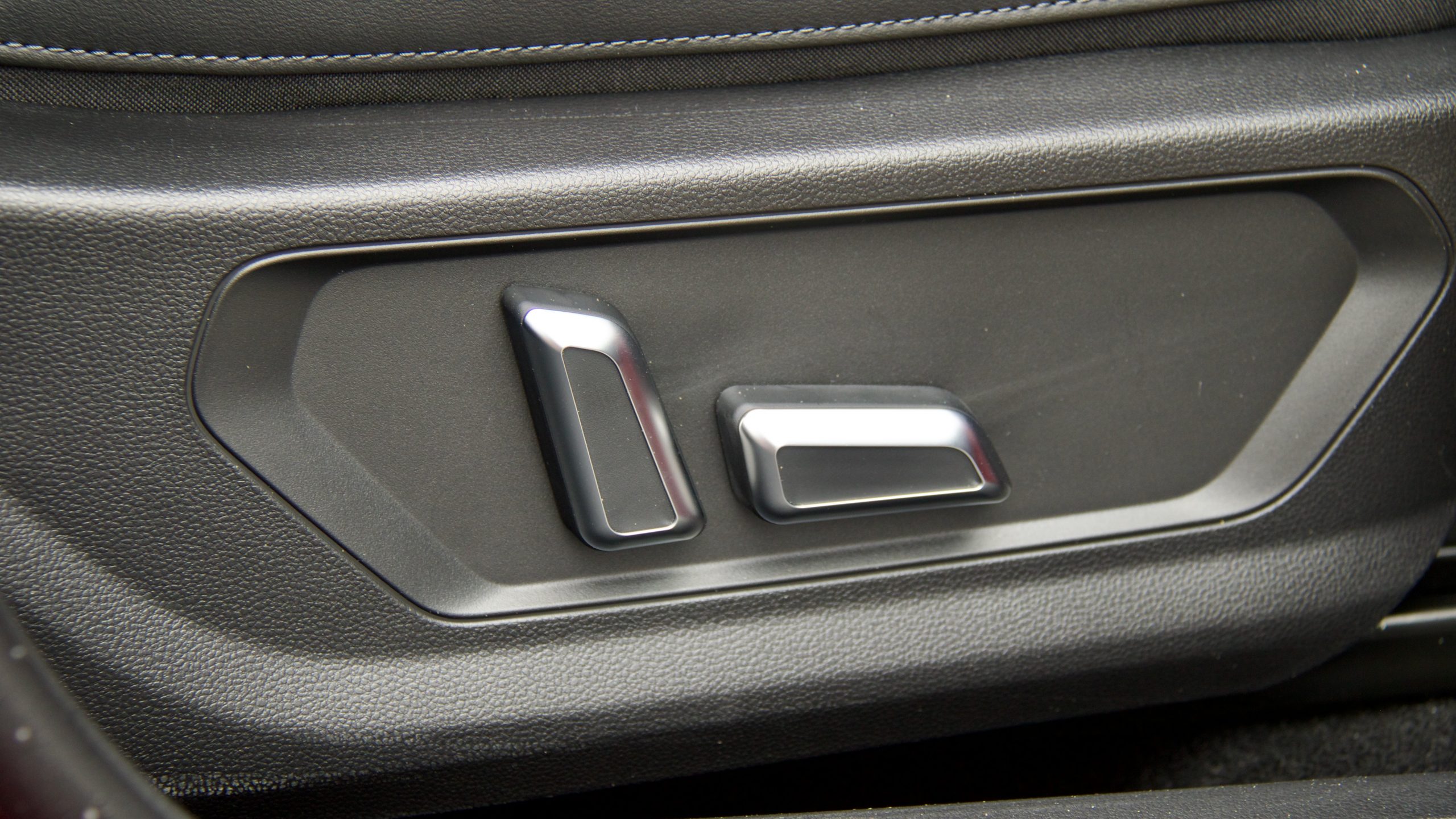
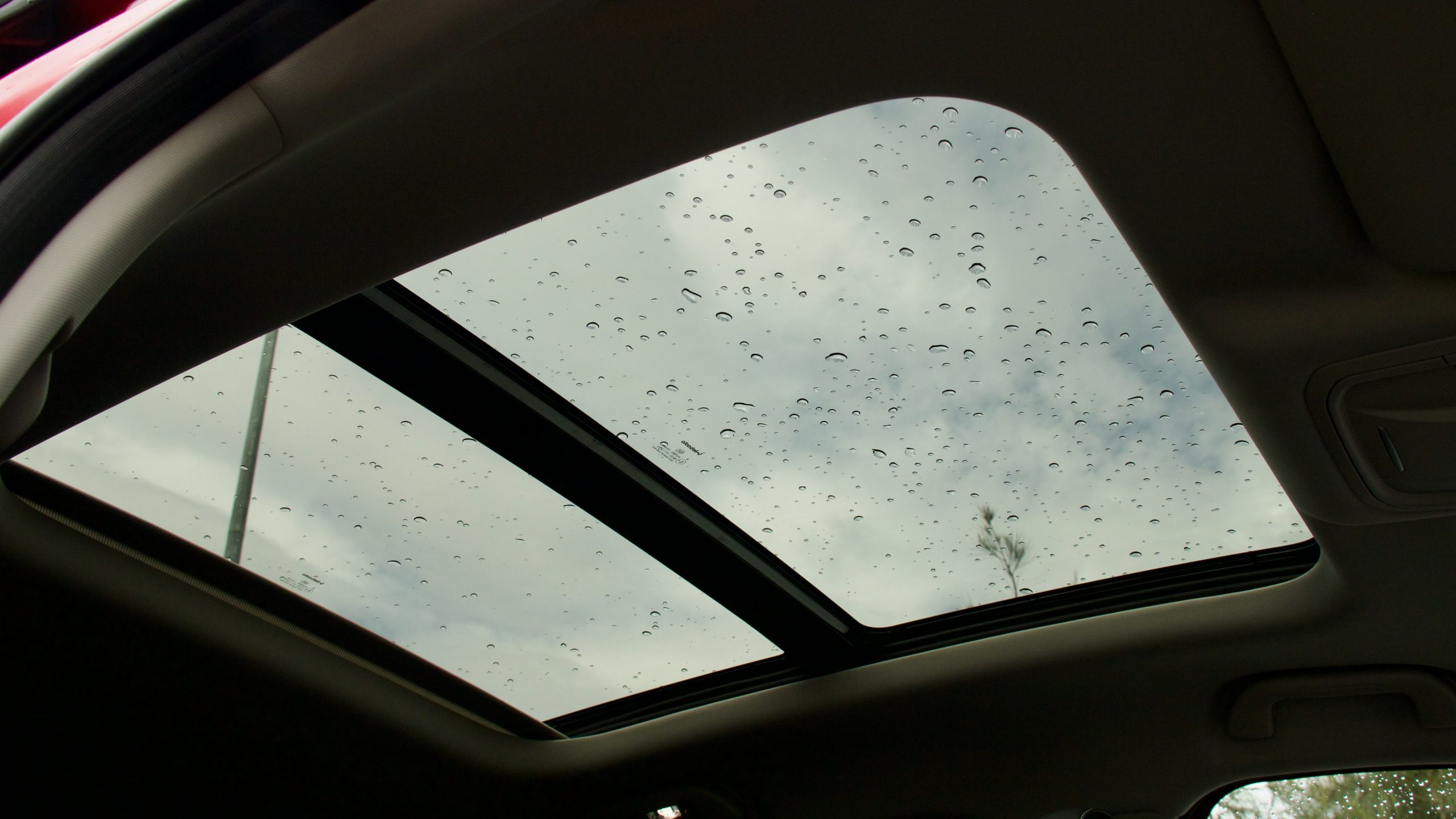
Standard equipment for the Jolion S includes black 18-inch alloy wheels, black exterior detailing such as the grille, mirrors and roof rails, a panoramic sunroof, dusk-sensing automatic LED headlights, automatic wipers, keyless entry and start, auto-folding heated side mirrors, a leather-wrapped steering wheel with paddle shifters, synthetic leather upholstery with a six-way electrically adjustable driver’s seat, heated front seats, dual-zone climate control with rear vents, a 12.3-inch touchscreen with wired Apple CarPlay and Android Auto, AM/FM radio, Bluetooth calling and streaming, a 7.0-inch digital driver’s display, a wireless phone charger, four USB-A ports (plus one in the rear mirror housing for a dash cam) and a six-speaker sound system.
Safety equipment includes seven airbags (including a front centre unit), auto emergency braking (AEB) with pedestrian, cyclist and intersection assistance, lane keeping assistance with lane departure warning, blind-spot monitoring, rear cross-traffic alert (with braking), adaptive cruise control with stop and go functionality, driver attention monitoring, traffic jam assist, an alarm, a heads-up display, lane trace assist, rear collision warning, door open warning, rear parking sensors and a 360-degree camera. The Jolion range earned a five-star ANCAP safety rating in 2022.
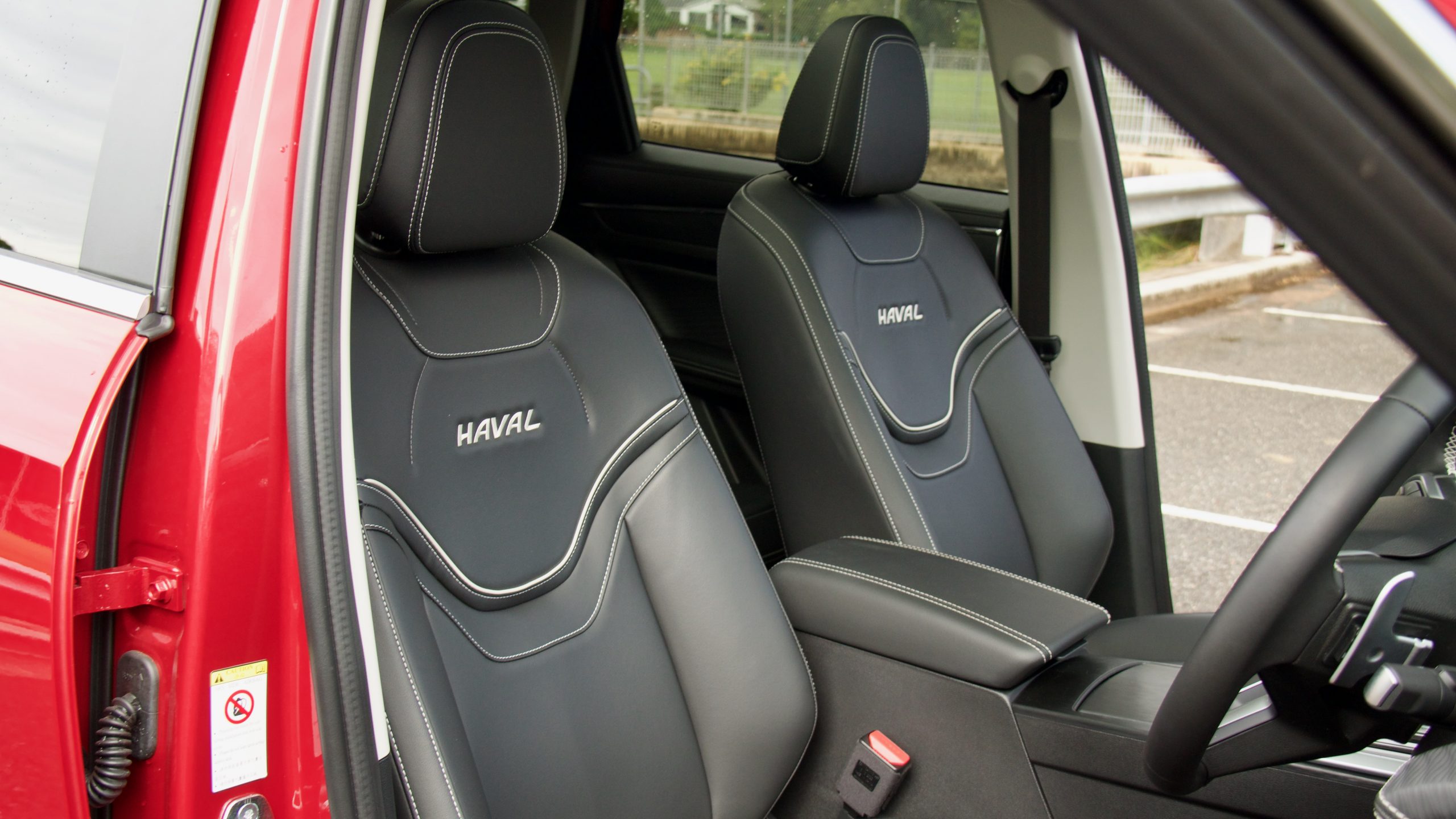
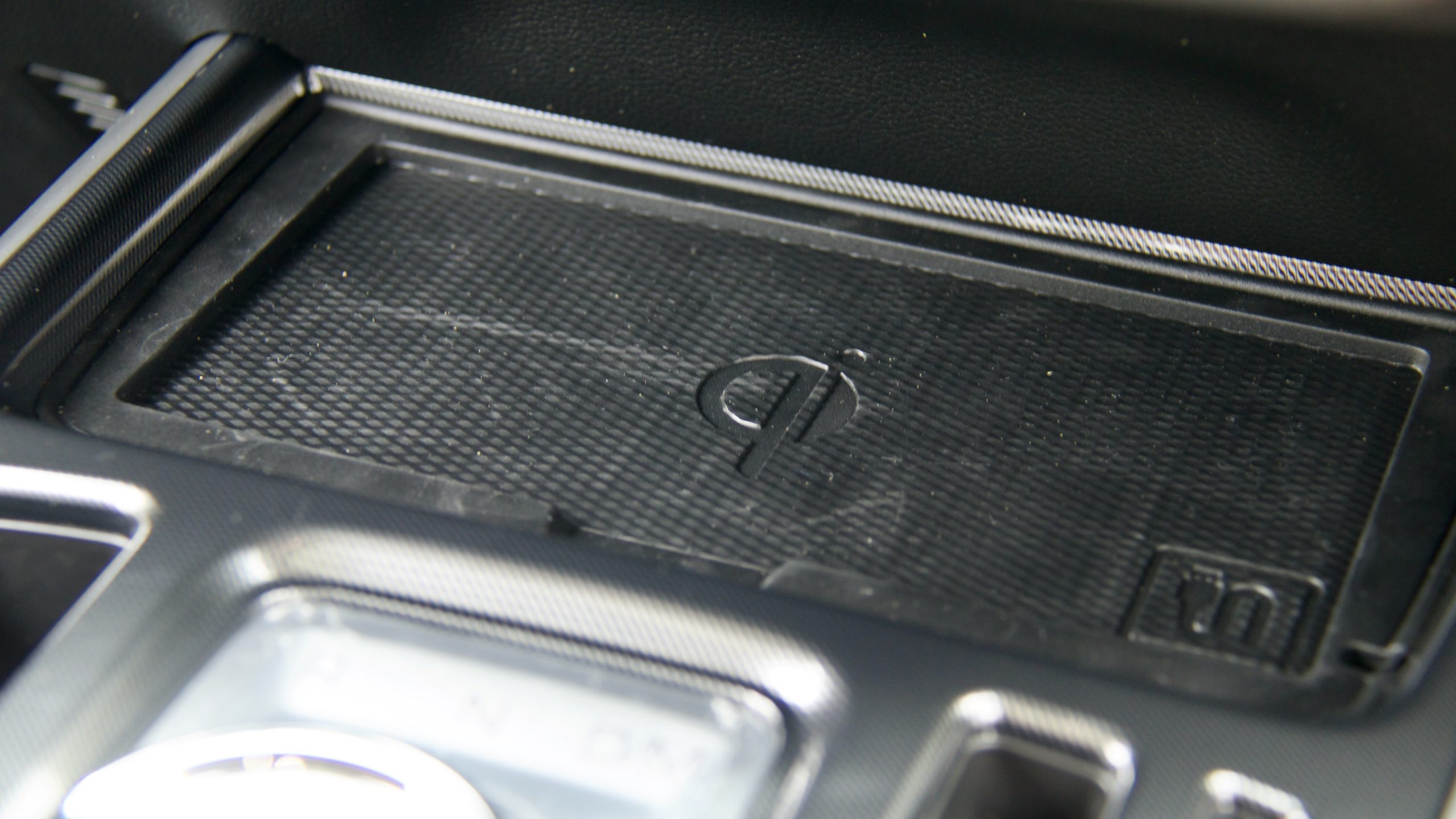
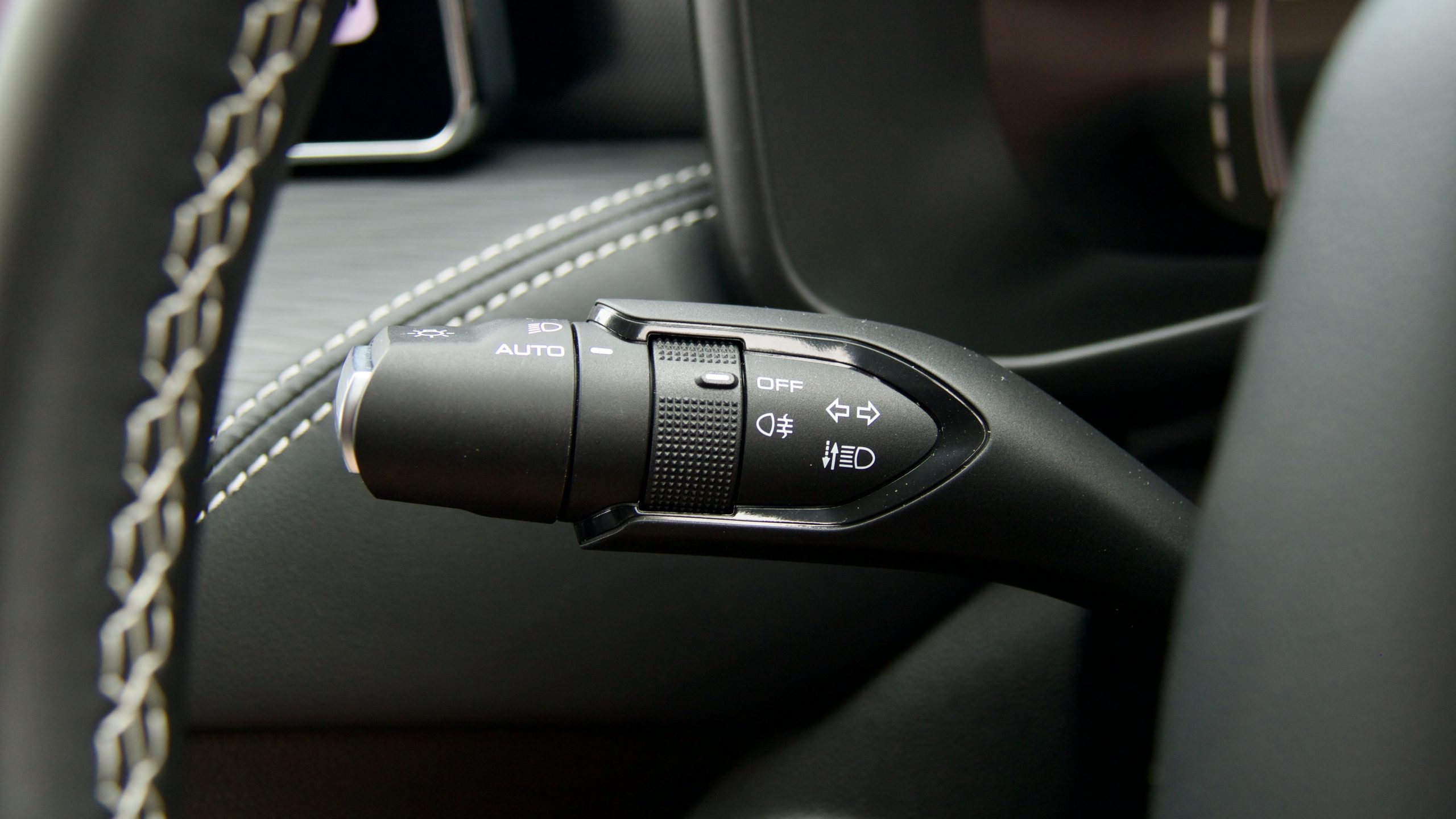
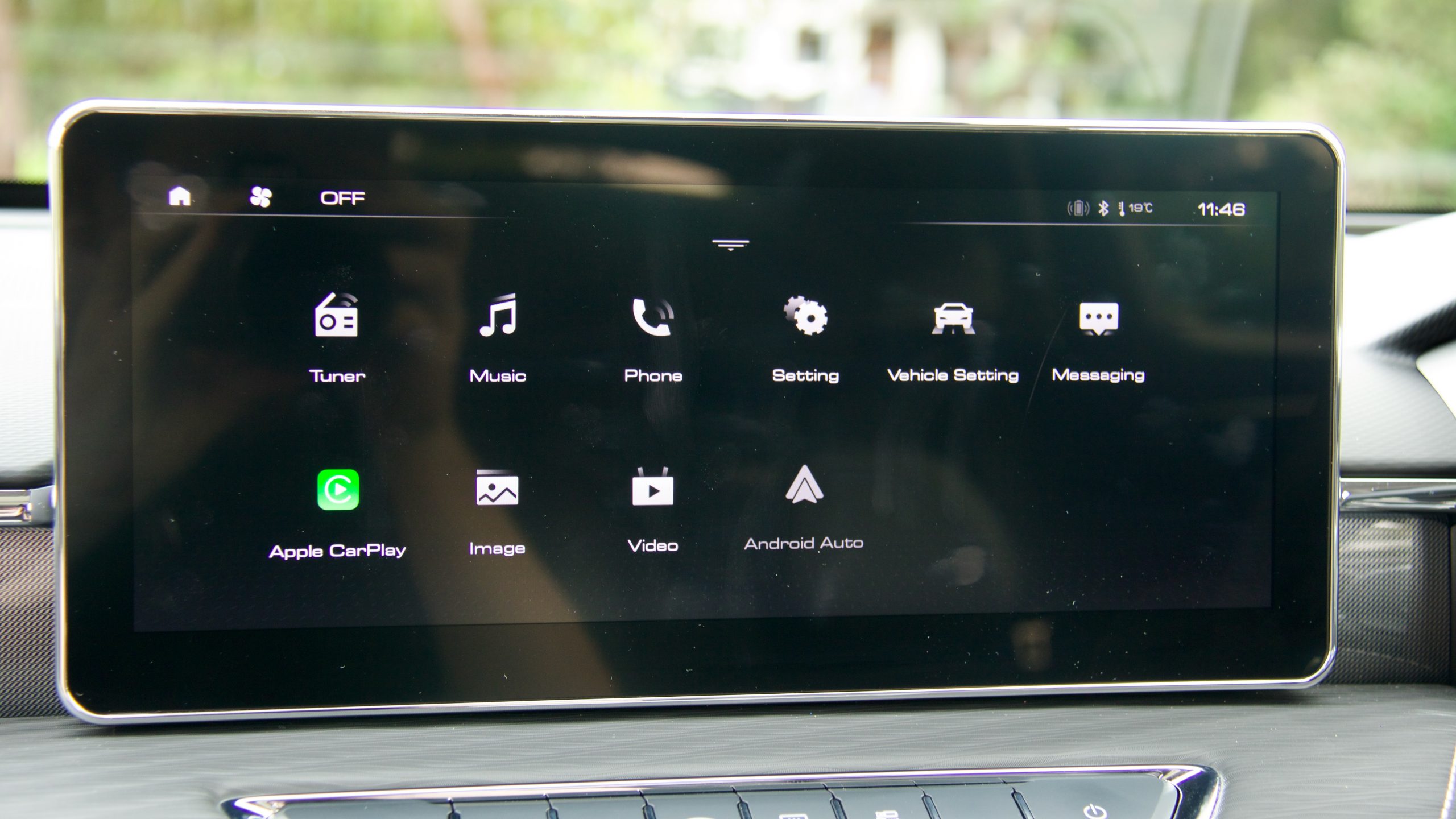
Colour options for the Jolion S include the no-cost ‘Hamilton White’ as well as the $495-extra ‘Azure Blue’, ‘Smoke Grey’, ‘Golden Black’ and our test car’s ‘Mars Red’. Black synthetic leather upholstery is the only interior colour option.
We don’t think that the Jolion S lacks much in terms of equipment, though it would be nice to see inbuilt navigation, digital radio, wireless smartphone mirroring, more ways of adjustment for the driver’s seat and a premium sound system added to the list.
There are seemingly endless small SUV competitors to the Jolion, but we consider the Hyundai Kona N Line (priced from around $41,500 drive away) and Toyota Yaris Cross GR Sport (around $40,500 drive away) to be its main rivals. Both of these sporty-looking small SUVs take a different approach to the Jolion: the Yaris Cross offers no power upgrades, but has lowered suspension for greater handling – whereas the Kona N Line adds a more powerful turbocharged engine and even all-wheel drive.
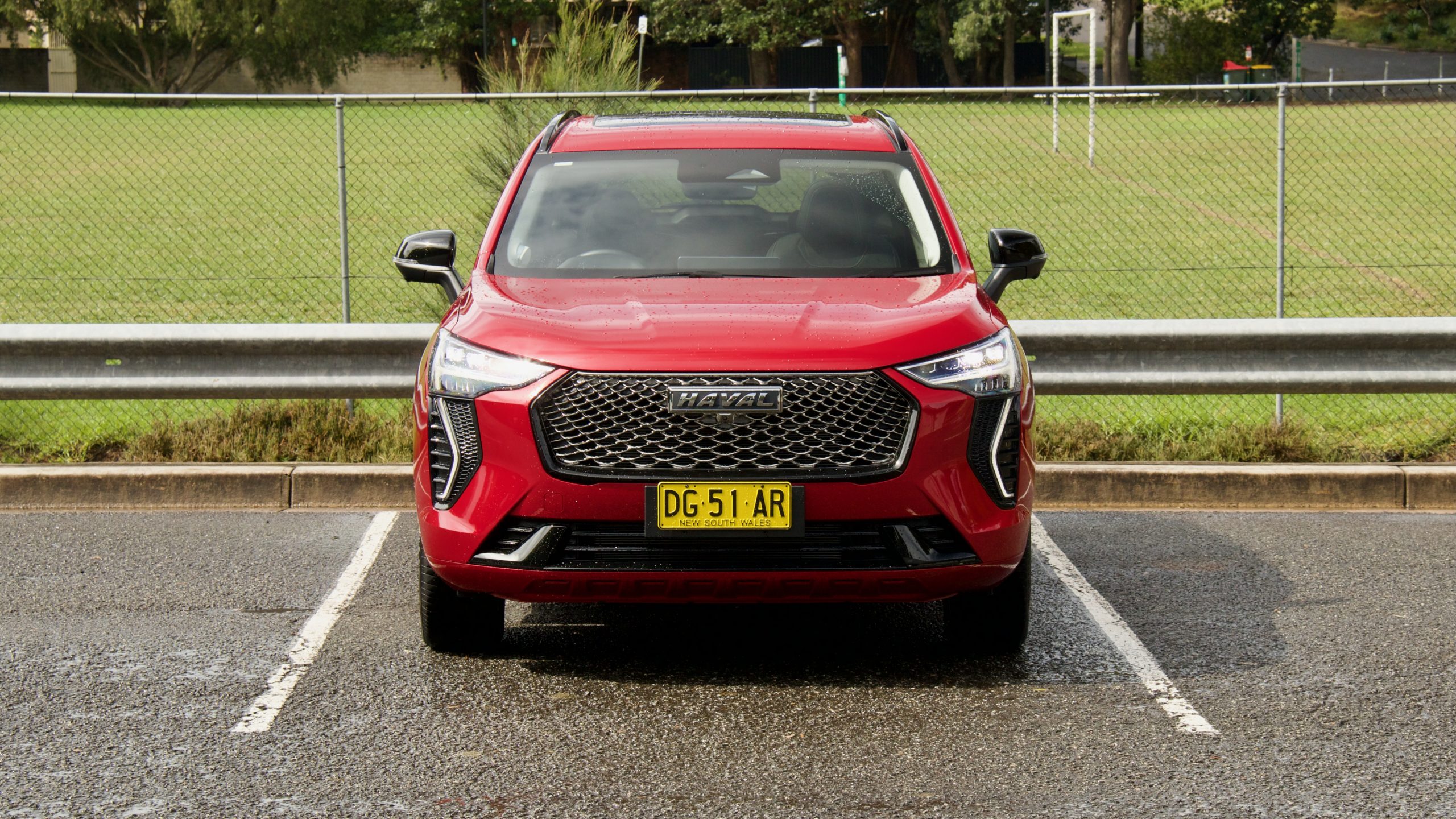
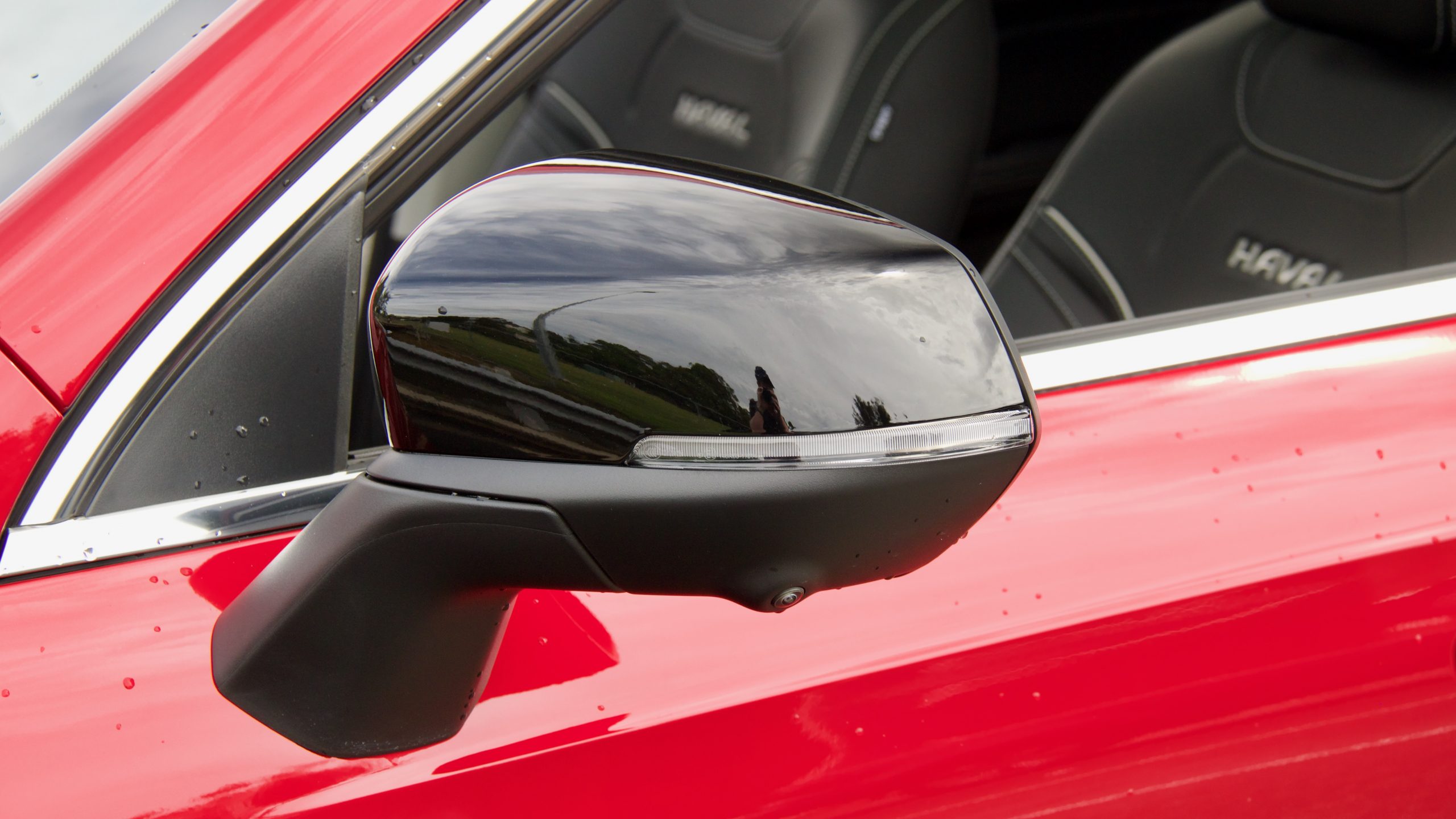
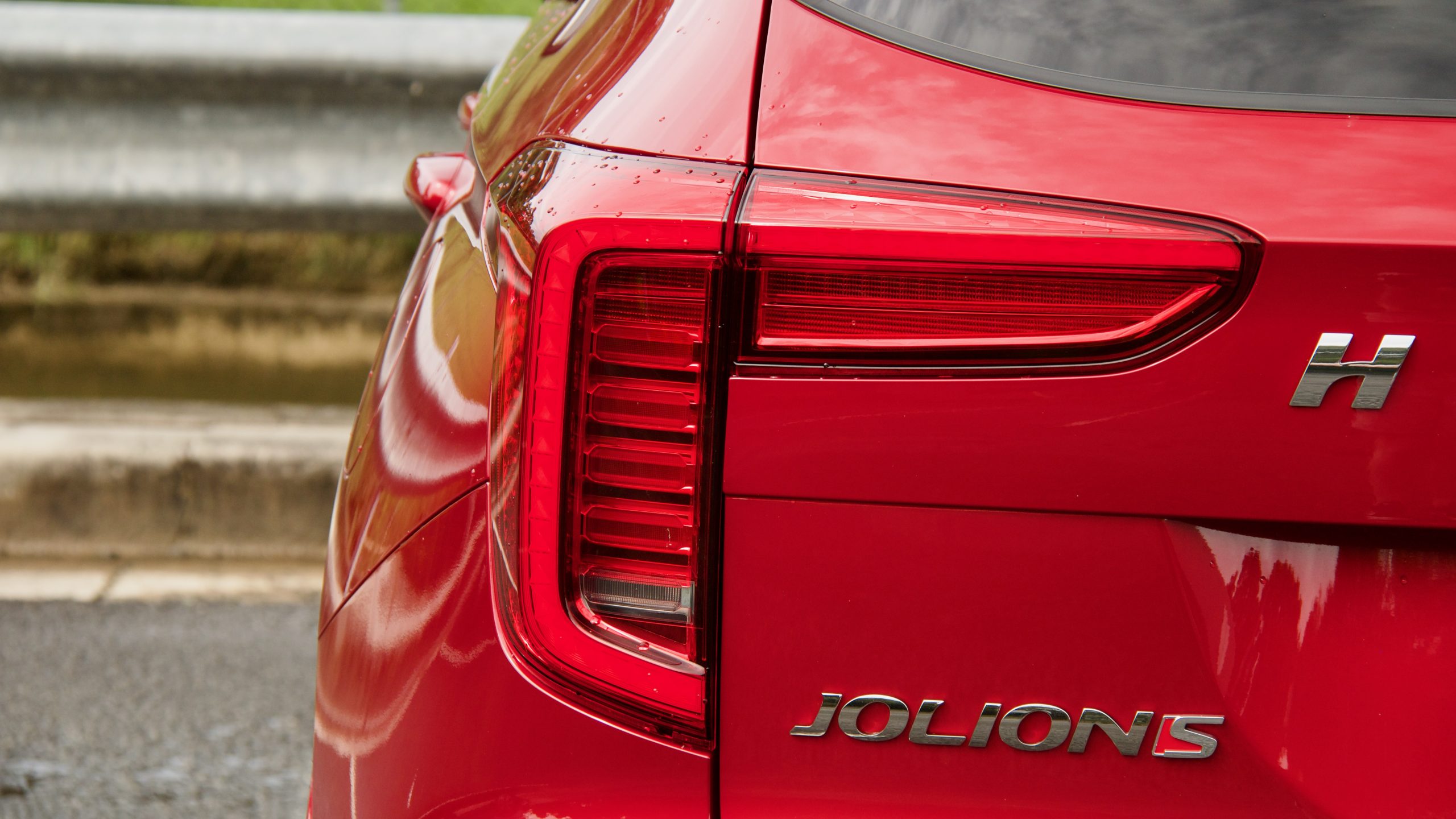
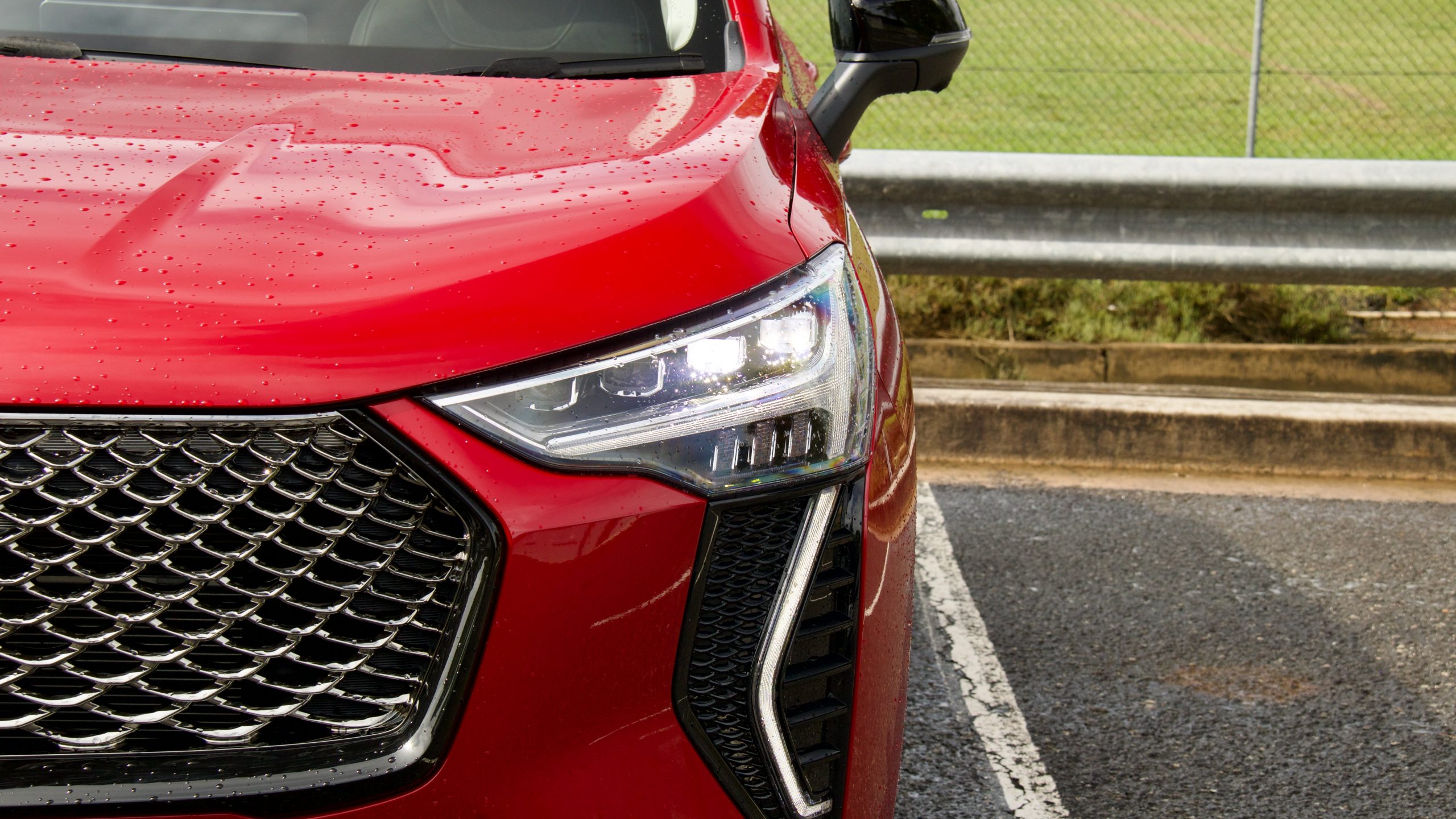
From the outside, the Jolion S is better value than both the Kona N Line and Yaris Cross GR Sport – it’s priced at least $5,000 less, yet includes a lot more equipment than both competitors like more safety equipment than the Kona (including features like a centre airbag and a 360-degree camera) and features like dual-zone climate control over both the Kona and Yaris Cross. It’s also a physically larger car than both with more space, though in the case of the Kona, not more performance.
Performance & Economy: 6/10
Under the bonnet of the 2023 GWM Haval Jolion S is the same 1.5-litre turbocharged four-cylinder petrol engine that is used in regular Jolion models, though boosted to 130kW of power (at 6,000rpm) and 270Nm of torque (between 1,500rpm and 4,000rpm) – improvements of 20kW and 50Nm respectively. The boosted outputs certainly make the Jolion S feel a little more lively than its siblings and give it a solid turn of speed. Overall, this isn’t a bad engine and when rolling, with the right gear selected, it performs well in getting the Jolion up to speed. Sadly, any talents which the engine itself might have, are completely destroyed by a sub-par marriage to the Jolion’s transmission.
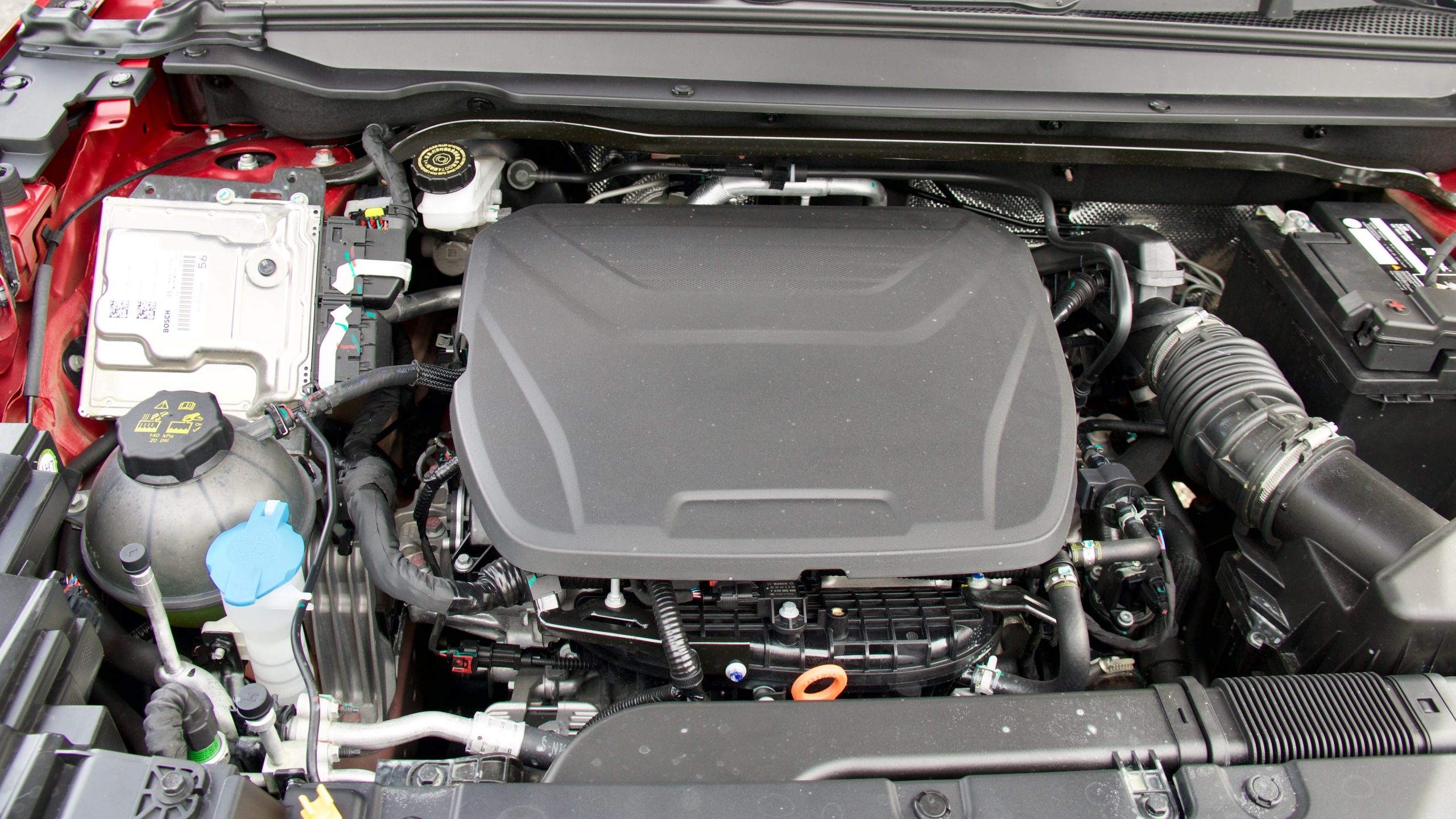
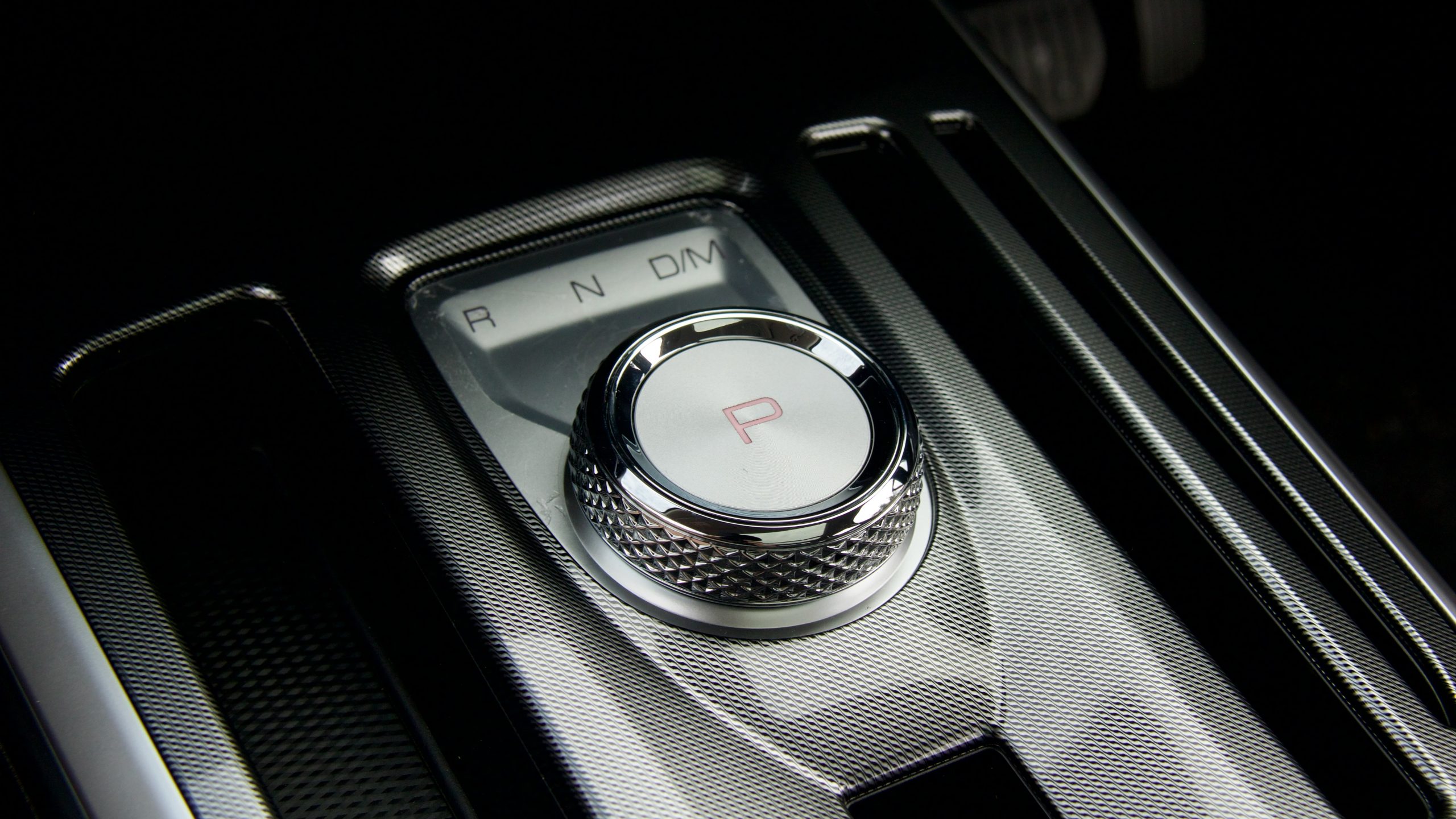
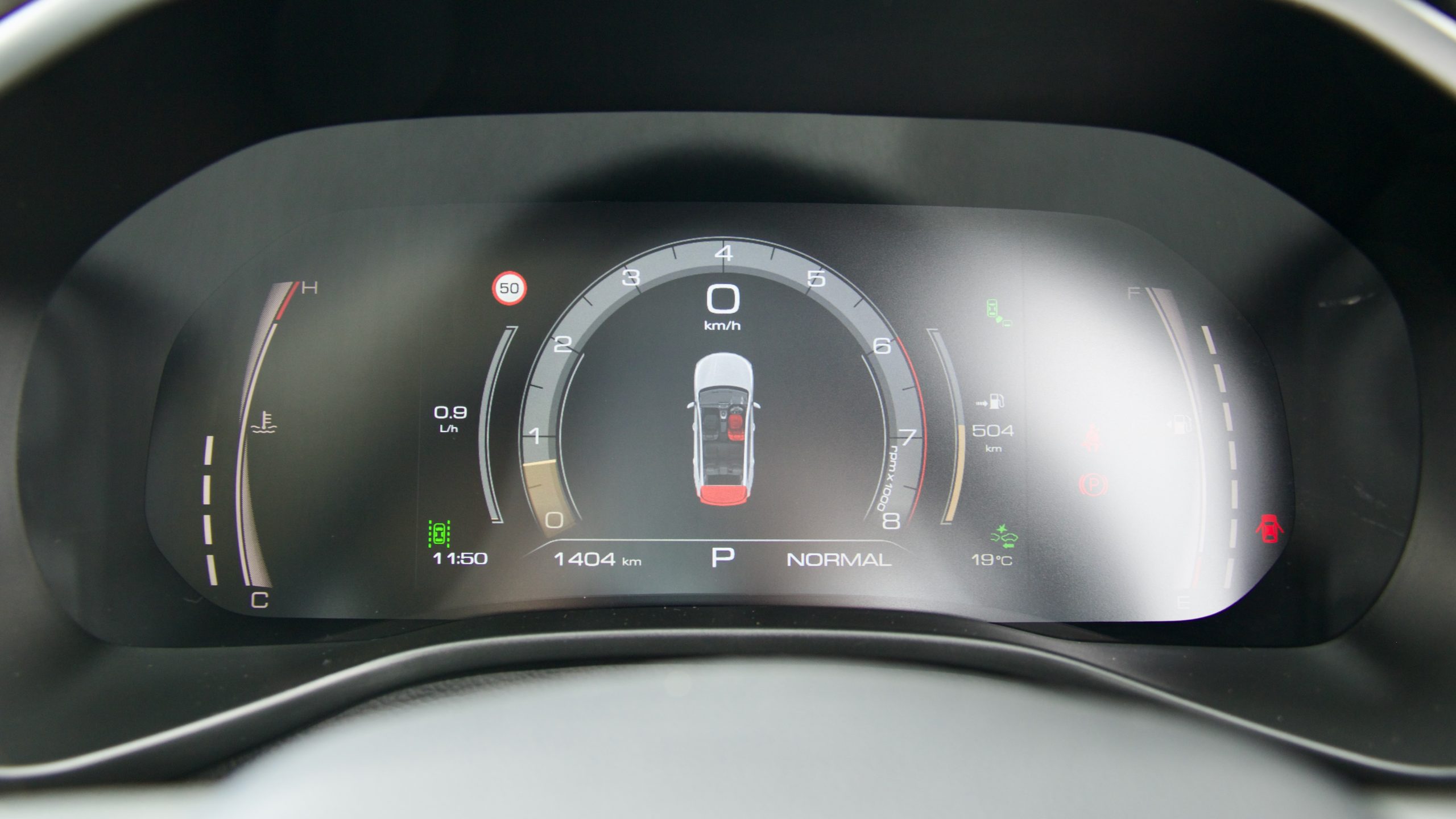
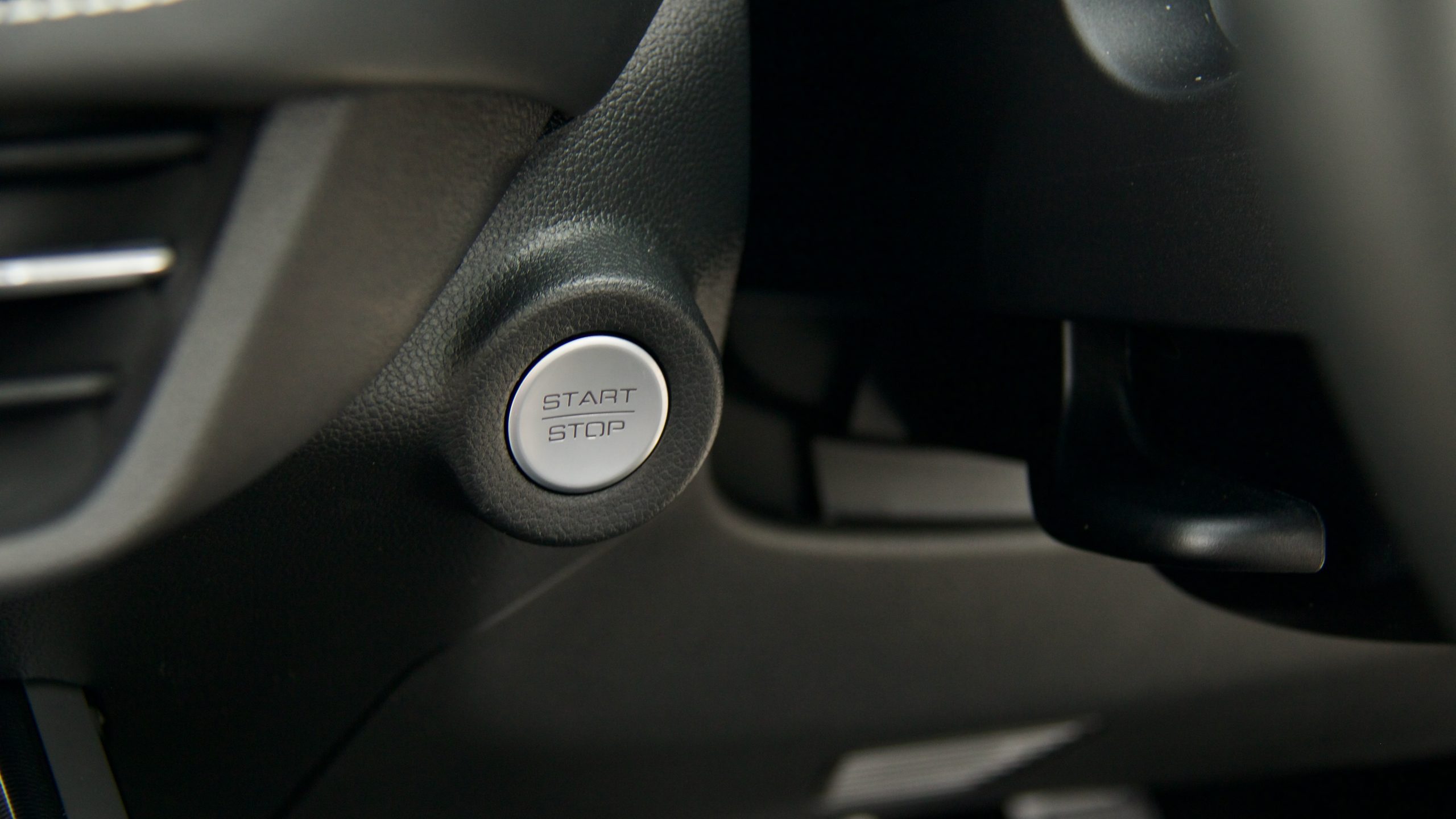
The seven-speed dual-clutch transmission in the Jolion S is what needs most improvement – just like the larger H6, the transmission’s low-speed behaviour is unpredictable and can be frustrating. It can also slur shifts, hold a clutch too long and downshifts take so long using the paddle shifters that you wonder why it has them at all. We measured the gearbox taking an incredible five seconds to downshift from 5th to 2nd. At full throttle, the gearbox also has a habit of shifting way before the redline, at 4500rpm.
Using a better tuned gearbox – or even a torque converter instead – would make the Jolion S more drivable and more relaxing to drive, let alone alevieting a lot of the frustration which Jolion drivers will experience everyday. With the added sportiness of the Jolion S, a retuned (or new) gearbox would make even more sense in a model designed to hone in on an improved driving experience.
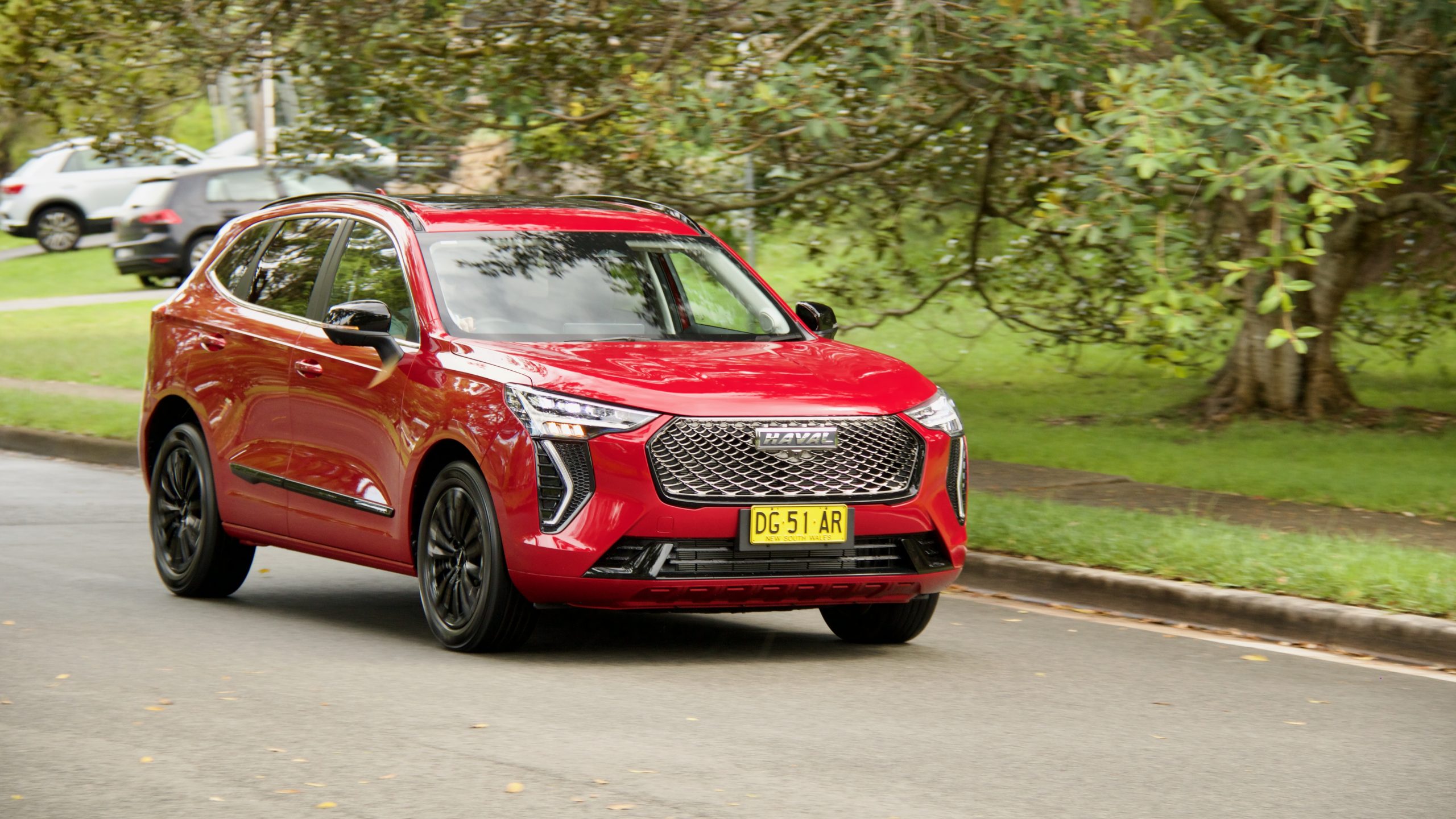
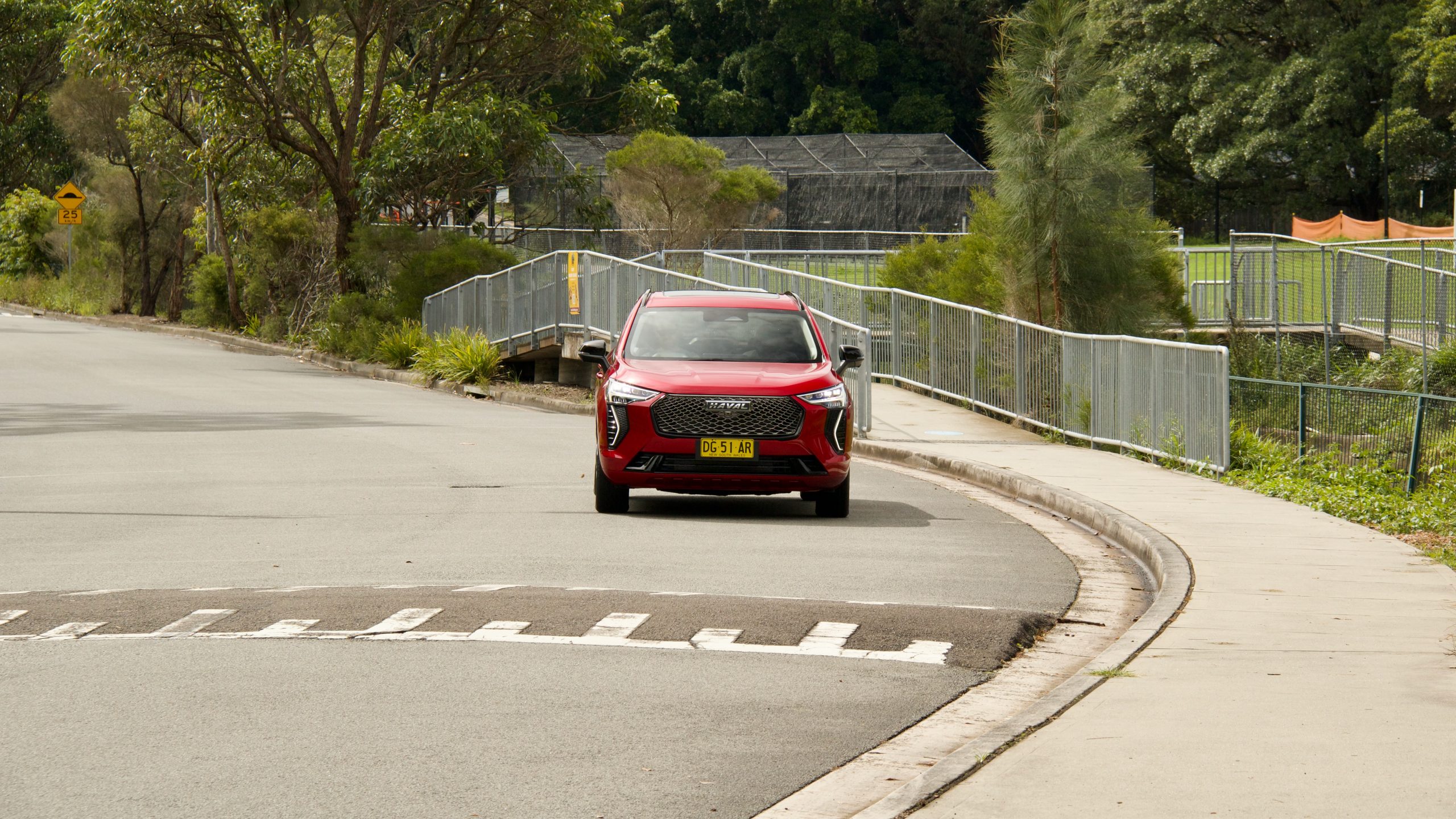
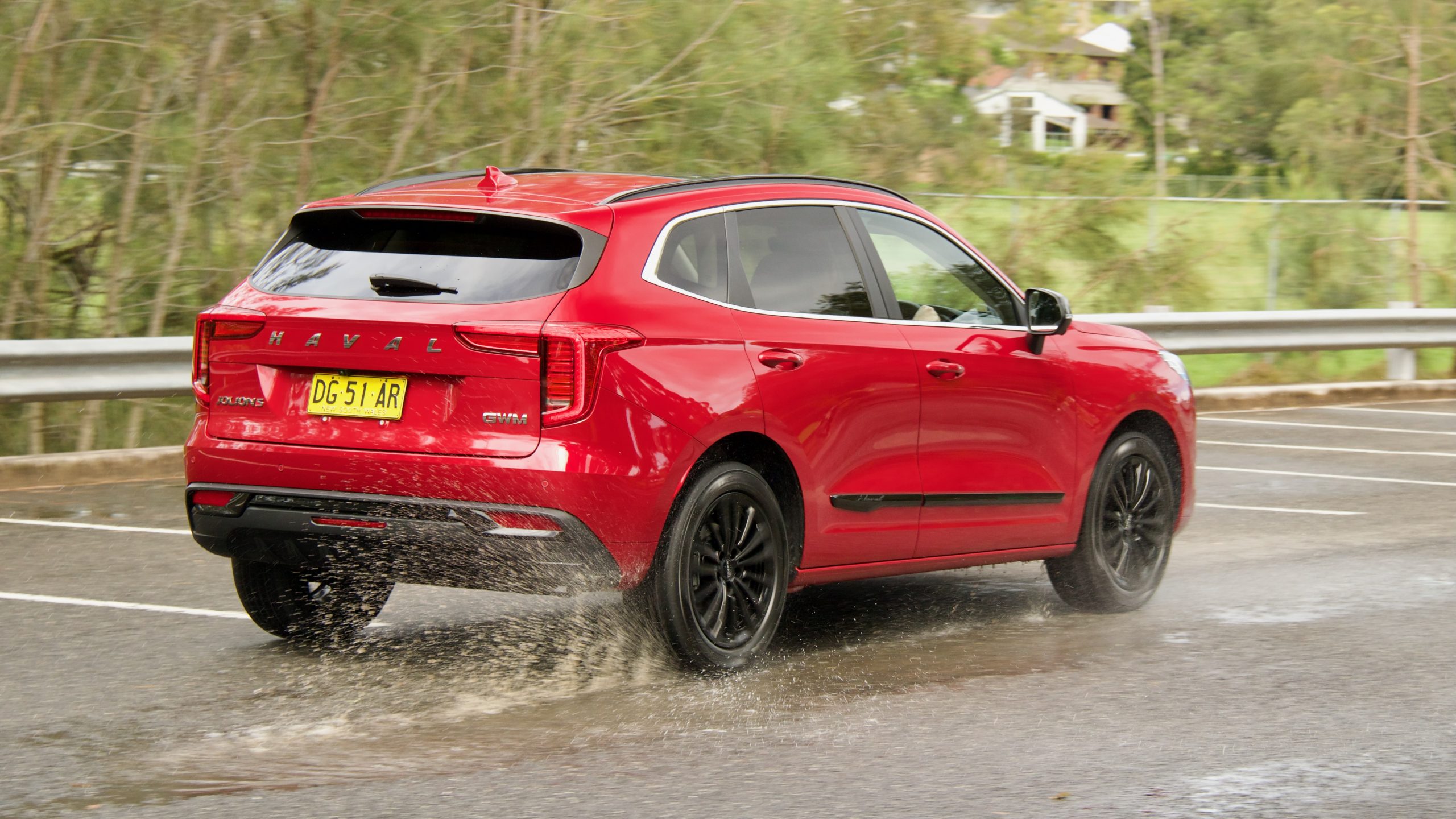
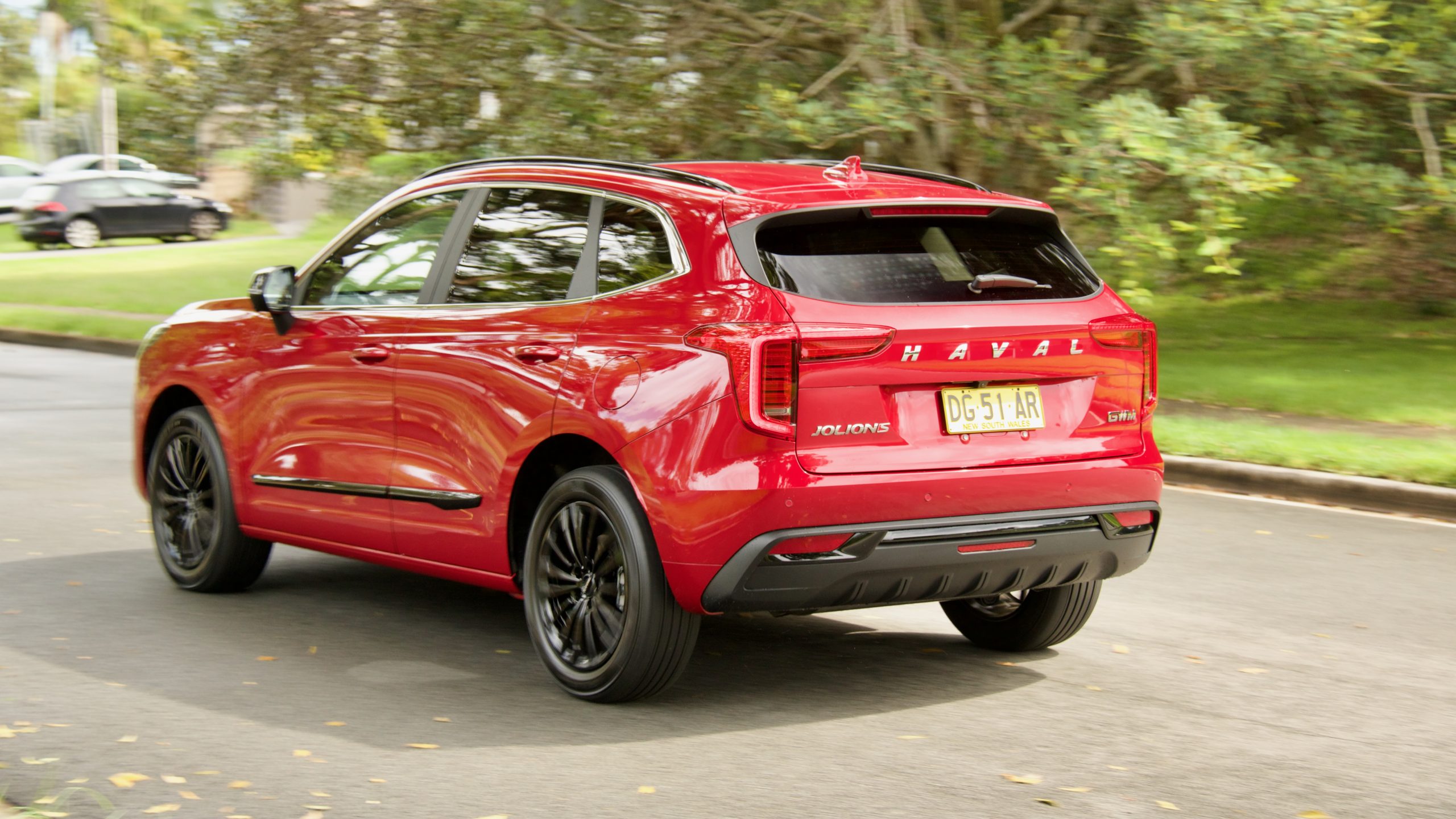
The claimed combined fuel consumption for the Jolion S is 7.5L/100km with CO2 emissions rated at 173g/km. In our mixed testing, we used 10.3L/100km – not great considering the Jolion’s size and performance levels. Helping costs is that it can use 91RON regular unleaded fuel and it also has a 55-litre fuel tank.
Ride & Handling: 7/10
We were curious about the Jolion S when it was announced with its improved rear suspension. While we thought that the Jolion Ultra Hybrid drove pleasantly, with sub-par dynamics we had high hopes for the 2023 GWM Haval Jolion S. Thanks to the addition of independent rear suspension, the Jolion S’ ride and handling is a definite improvement over the regular Jolion range.
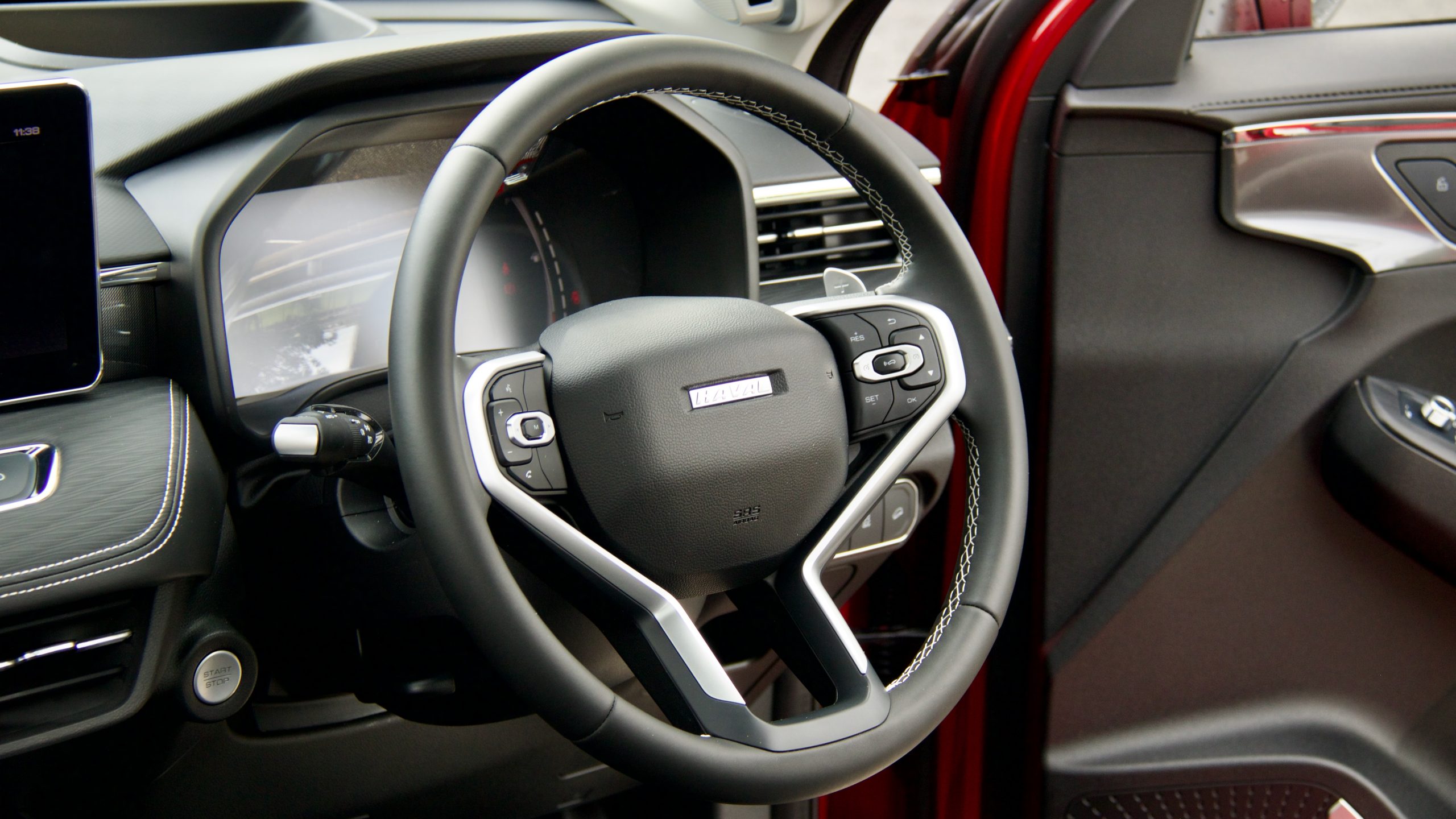
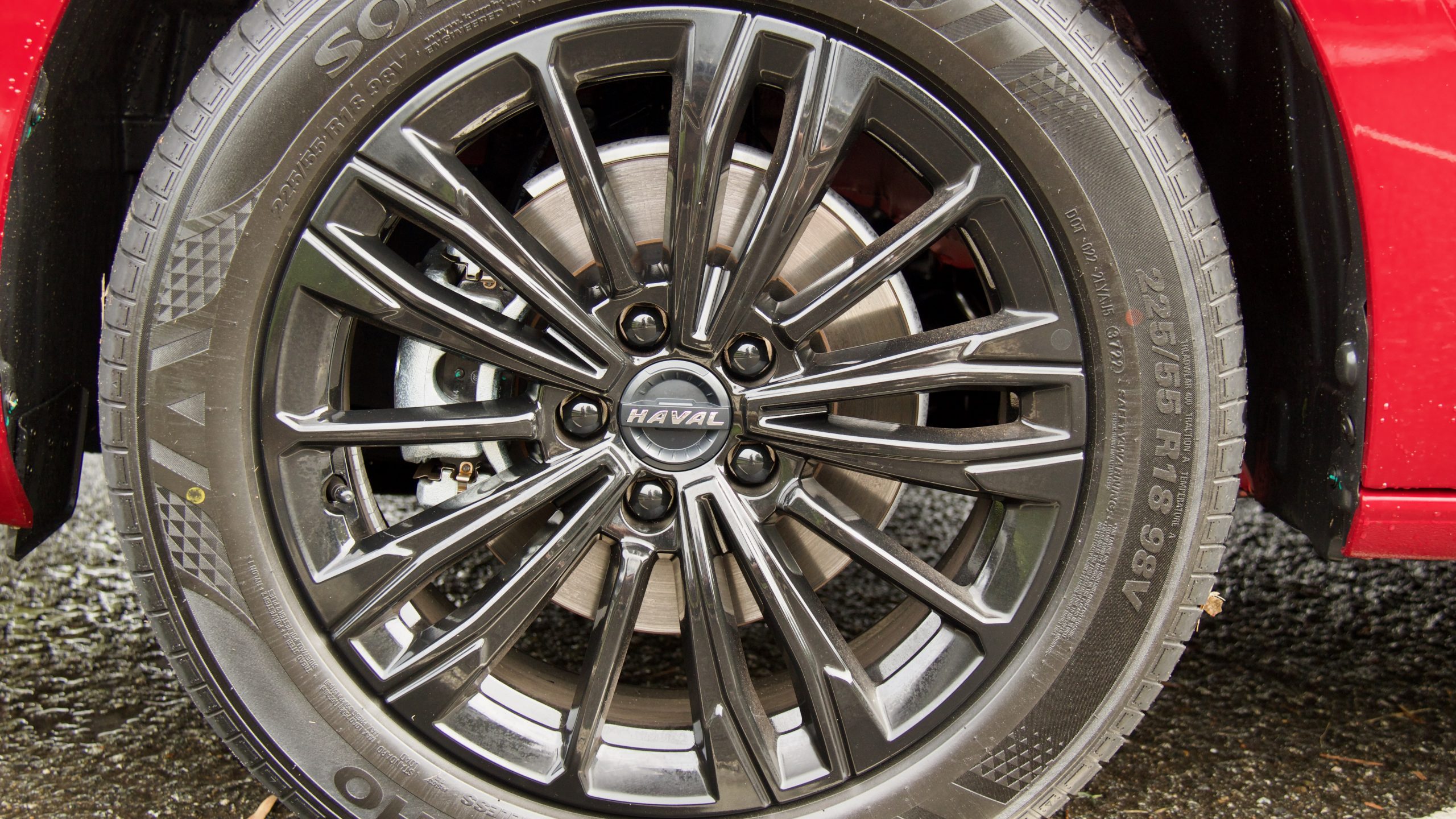
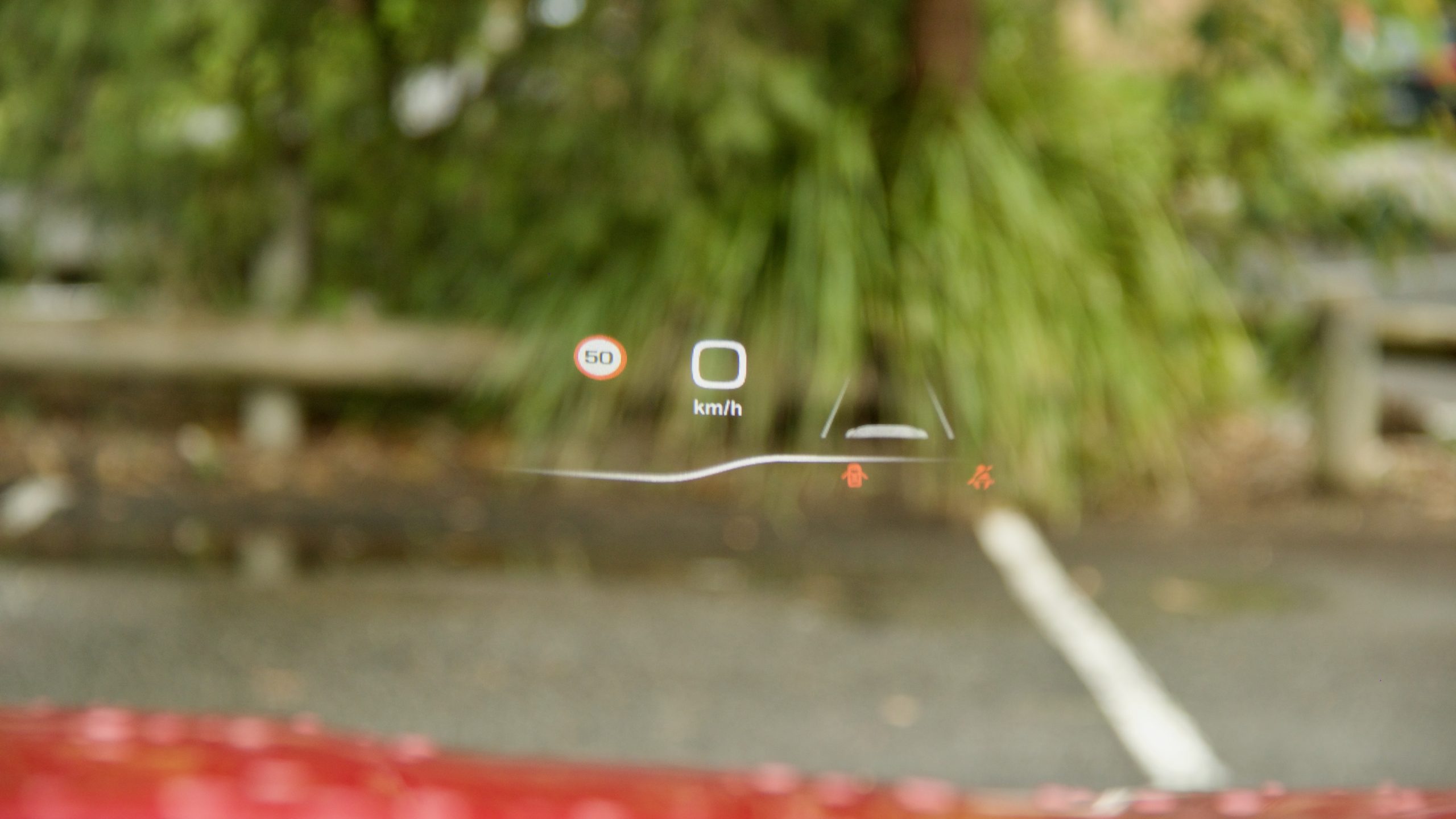
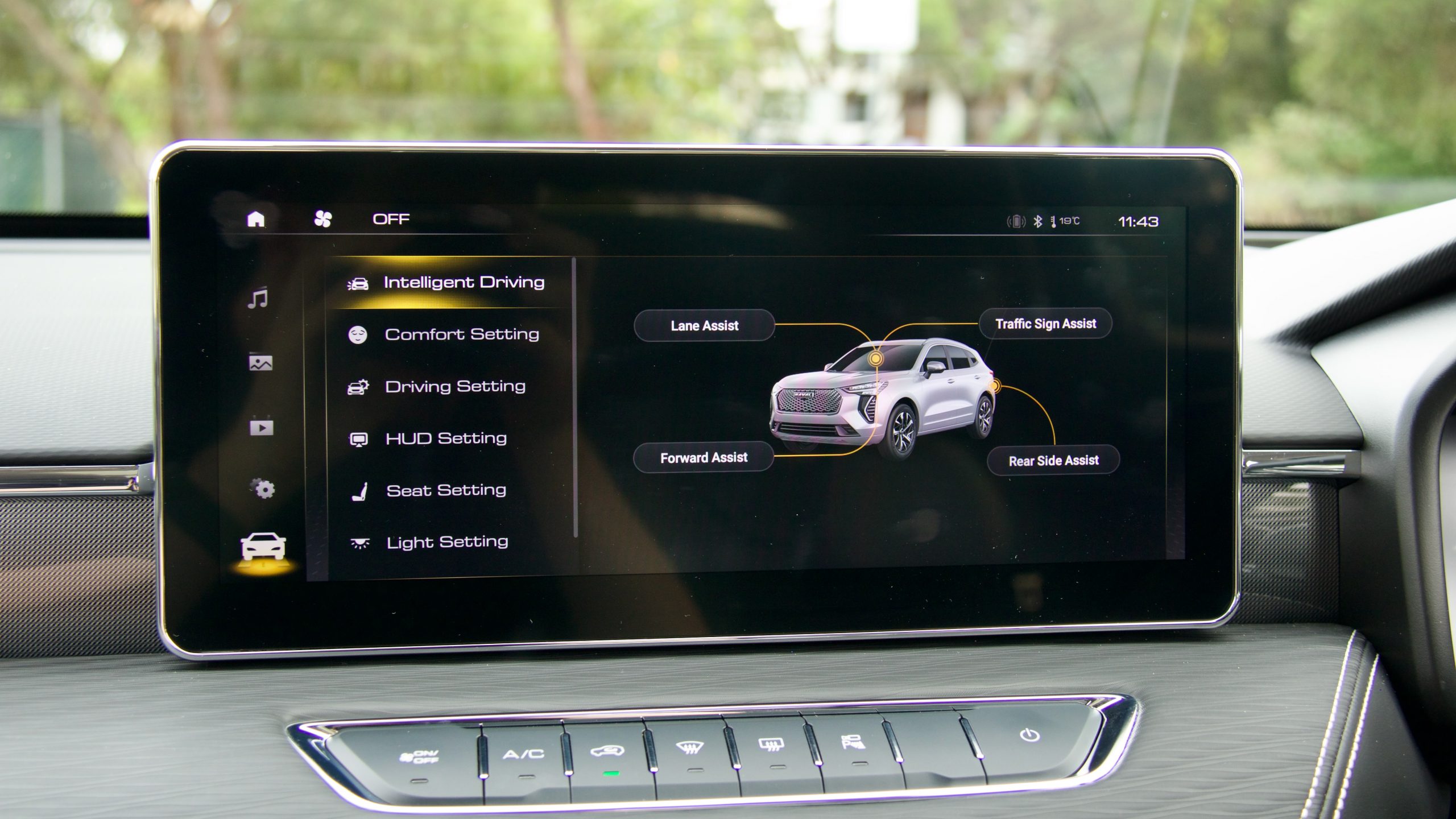
The ride is firmer but tauter, and handles bumps better than the normal Jolion. Plus, the handling is a touch better too thanks to the independent rear – though something like a Mazda CX-30 still offers a superior overall driving experience. Both the Kona N Line and Yaris Cross feel firmer than the Jolion S, but offer superior body control and deal with bumps quicker than the Jolion S. Their handling set ups are better too, largely thanks to their steering, which feels more fluid and more connected to the wheels.
The noise levels at speed are nicely hushed in the Jolion S, despite its 18-inch wheels, and the visibility is good too thanks to lots of light and thin-ish pillars. There’s quite a lot of active safety equipment on offer in the Jolion S, but the lane keeping assistance and driver monitoring system both need work as they are far too sensitive – the latter is borderline non functional. The driver monitoring system often incorrectly claims the driver is not watching the road, with distracting beeping and popups. Worse still is that both systems are quite difficult to turn off – you have to dive through the centre screen – and they don’t stay off when you turn the car back on.
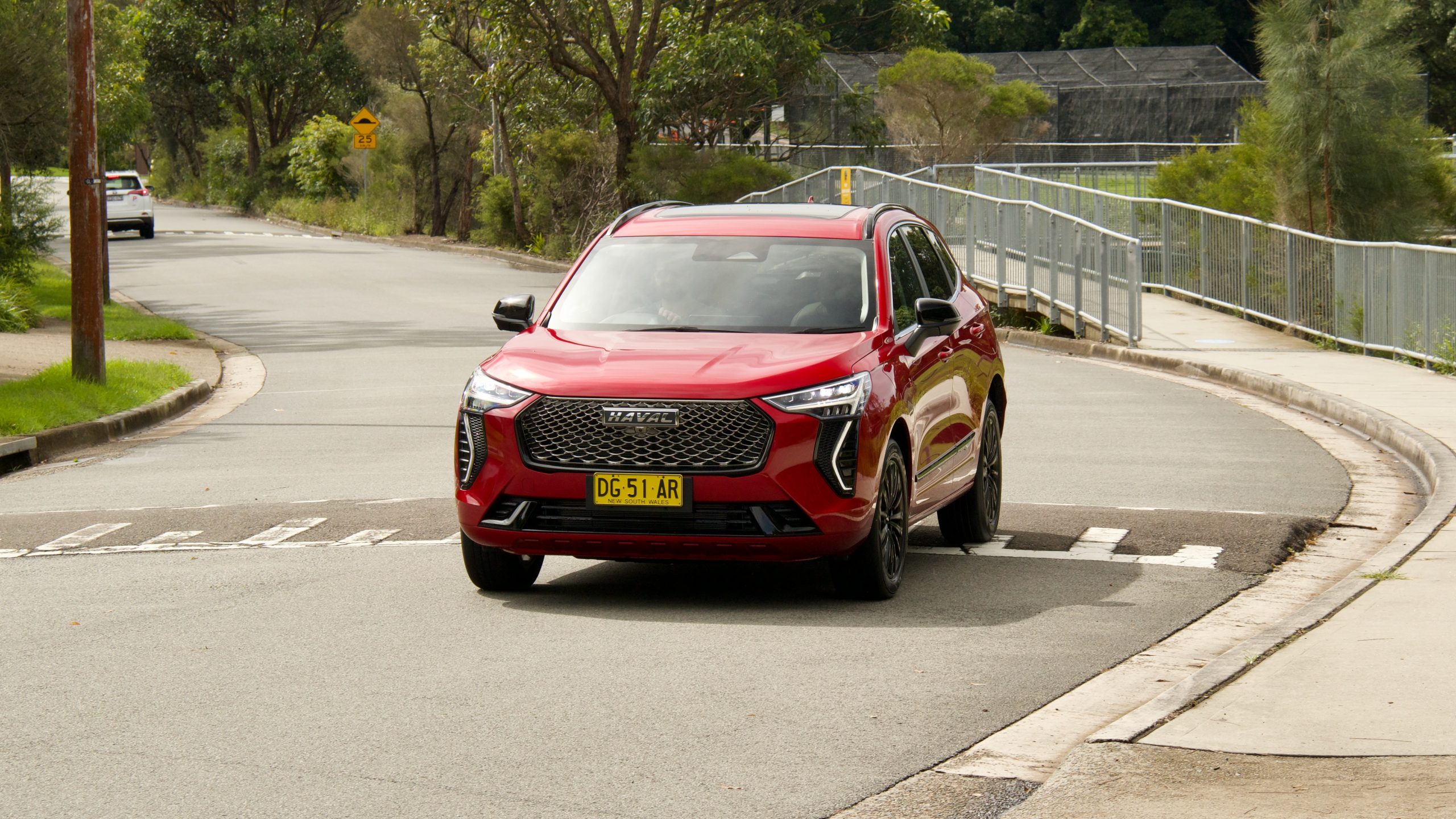
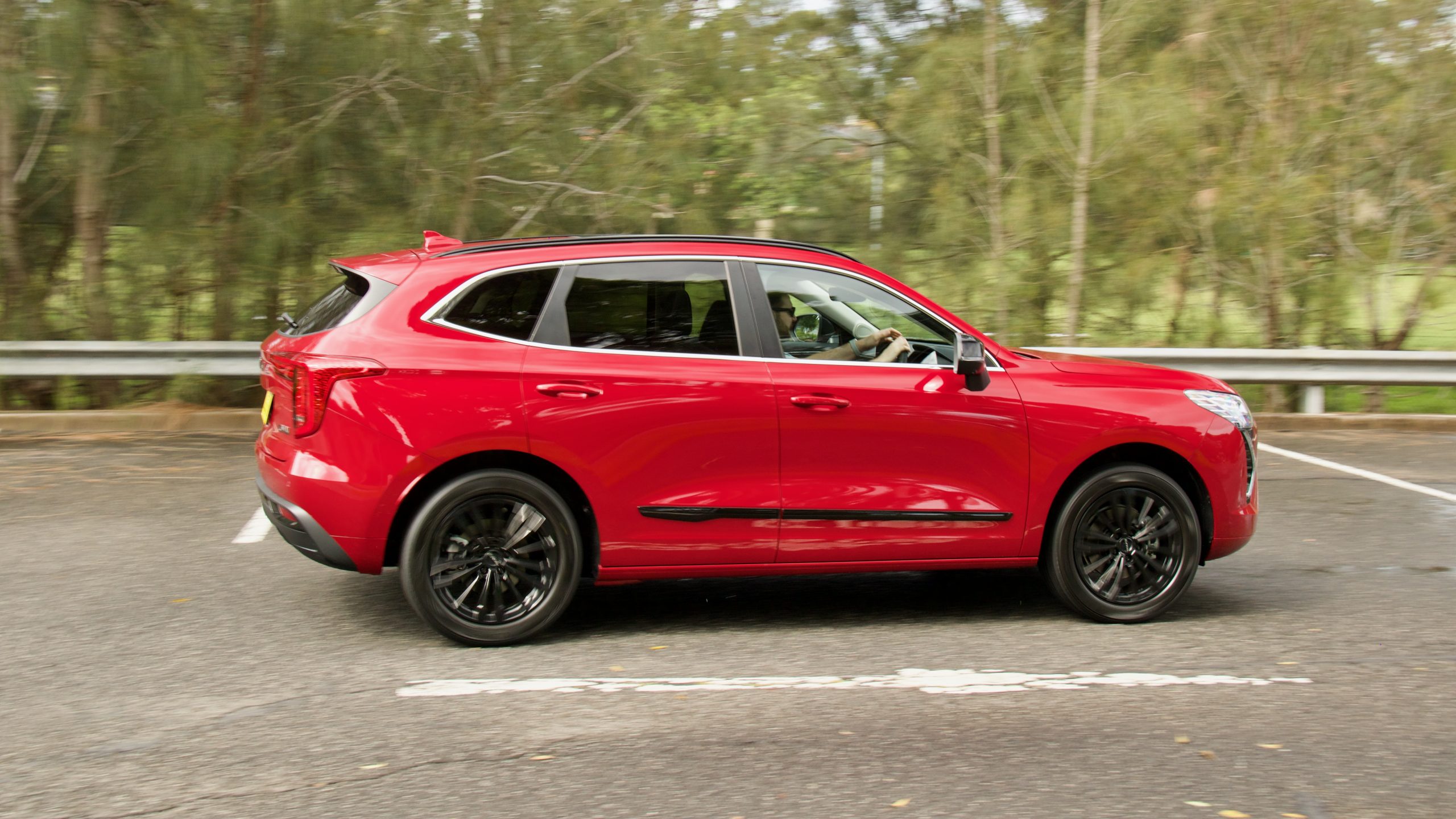
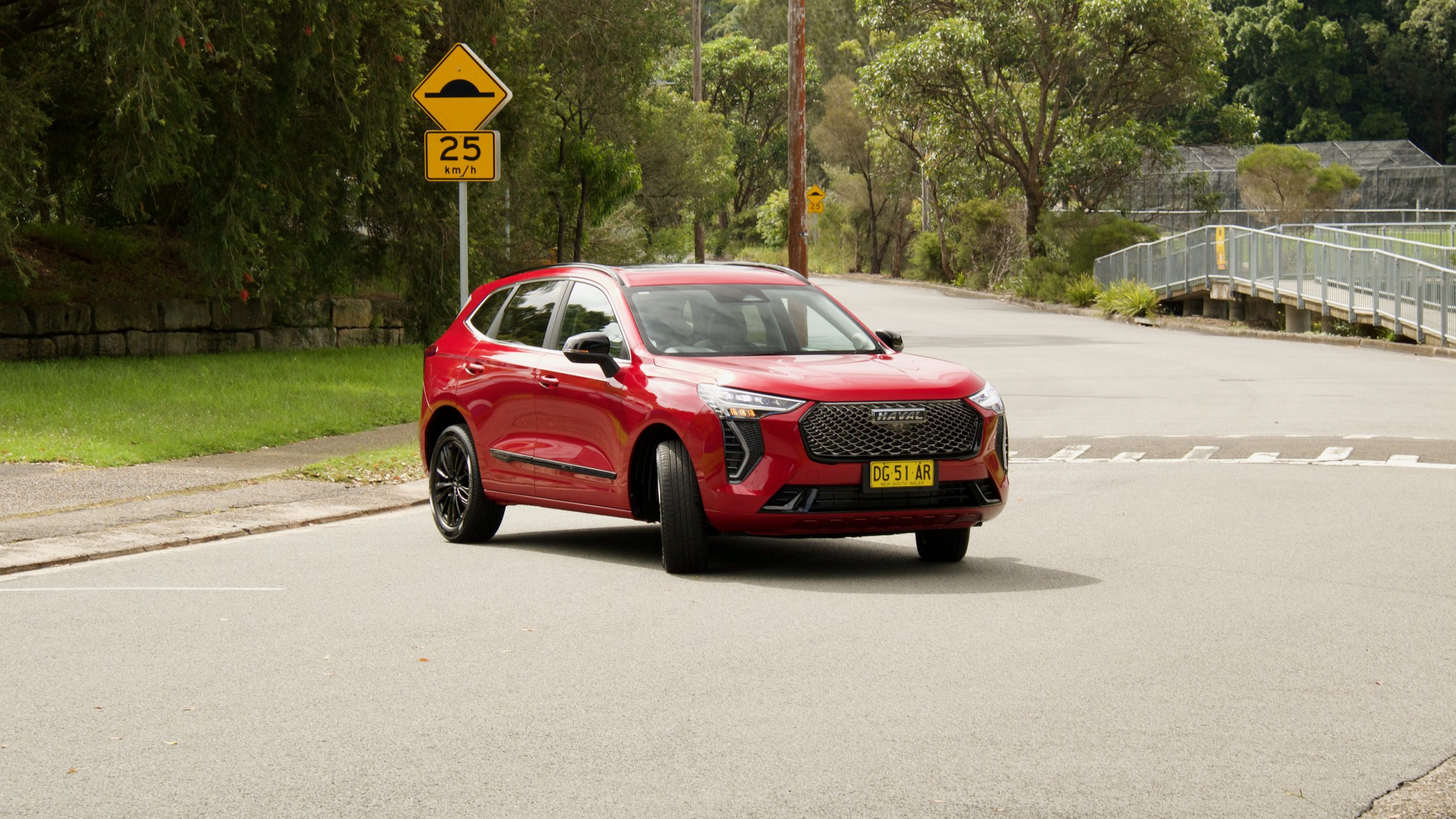
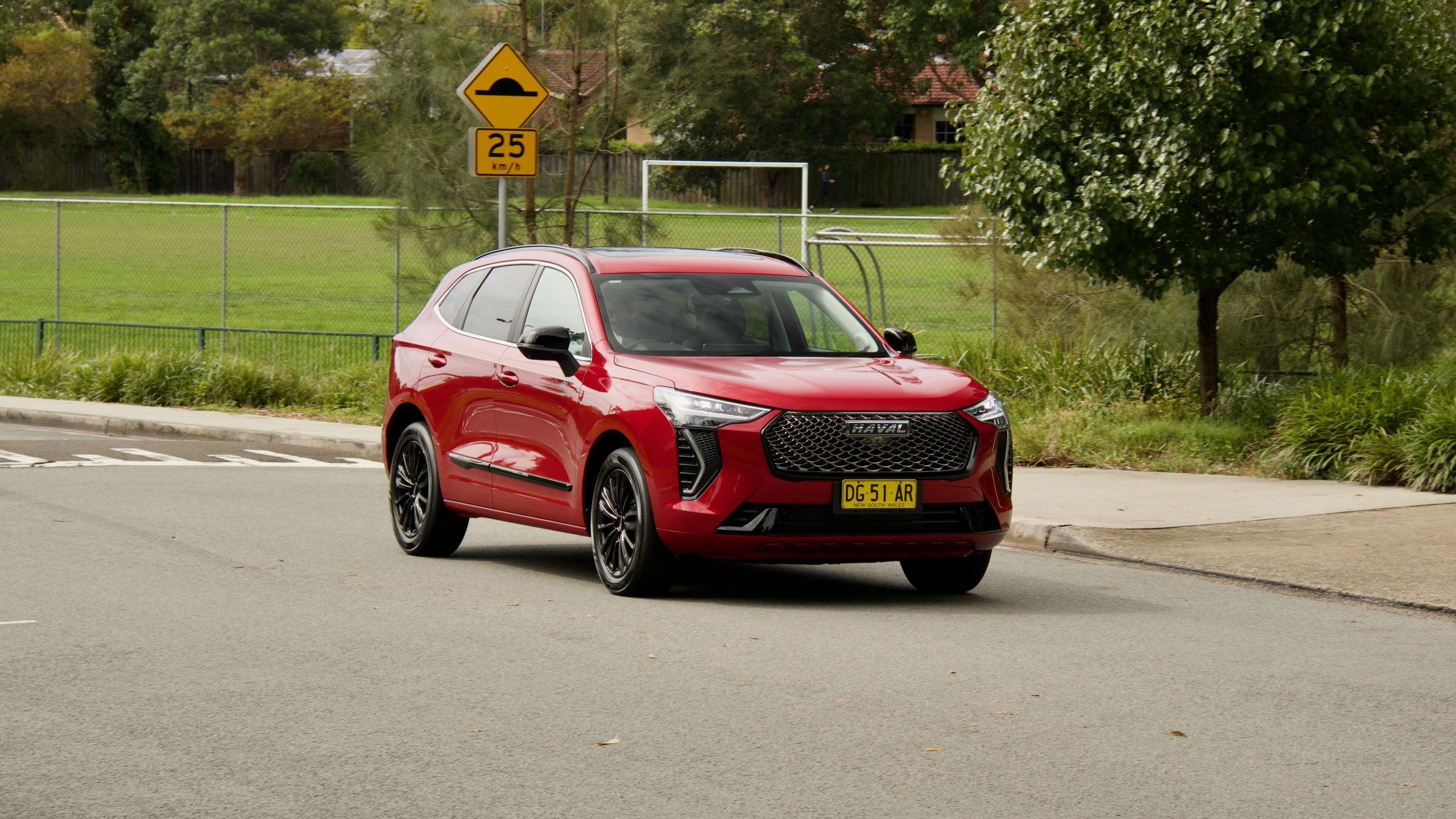
Warnings like “Hey don’t stray which” incessantly pop up and need a “yes or “no” to be clicked to be cancelled. Add to that the cacophony of chimes which the Jolion seems to emit at all times and you have a prime example of a manufacturer going over top with overzealous active safety tech. Less, can be more and both Toyota and Hyundai offer more intuitive and subtler active safety systems.
Interior & Practicality: 6.5/10
As we’ve previously discovered in our review of the Jolion Ultra Hybrid, the interior of the 2023 GWM Haval Jolion S is a good quality, tech-filled and comfortable place to spend time – though there are improvements needed, in our opinion. Quality inside the Jolion S is generally good – while there are hard plastics atop the dashboard and doors, it feels built to last and there are interesting trim textures like the soft leather-like panel below the centre screen.
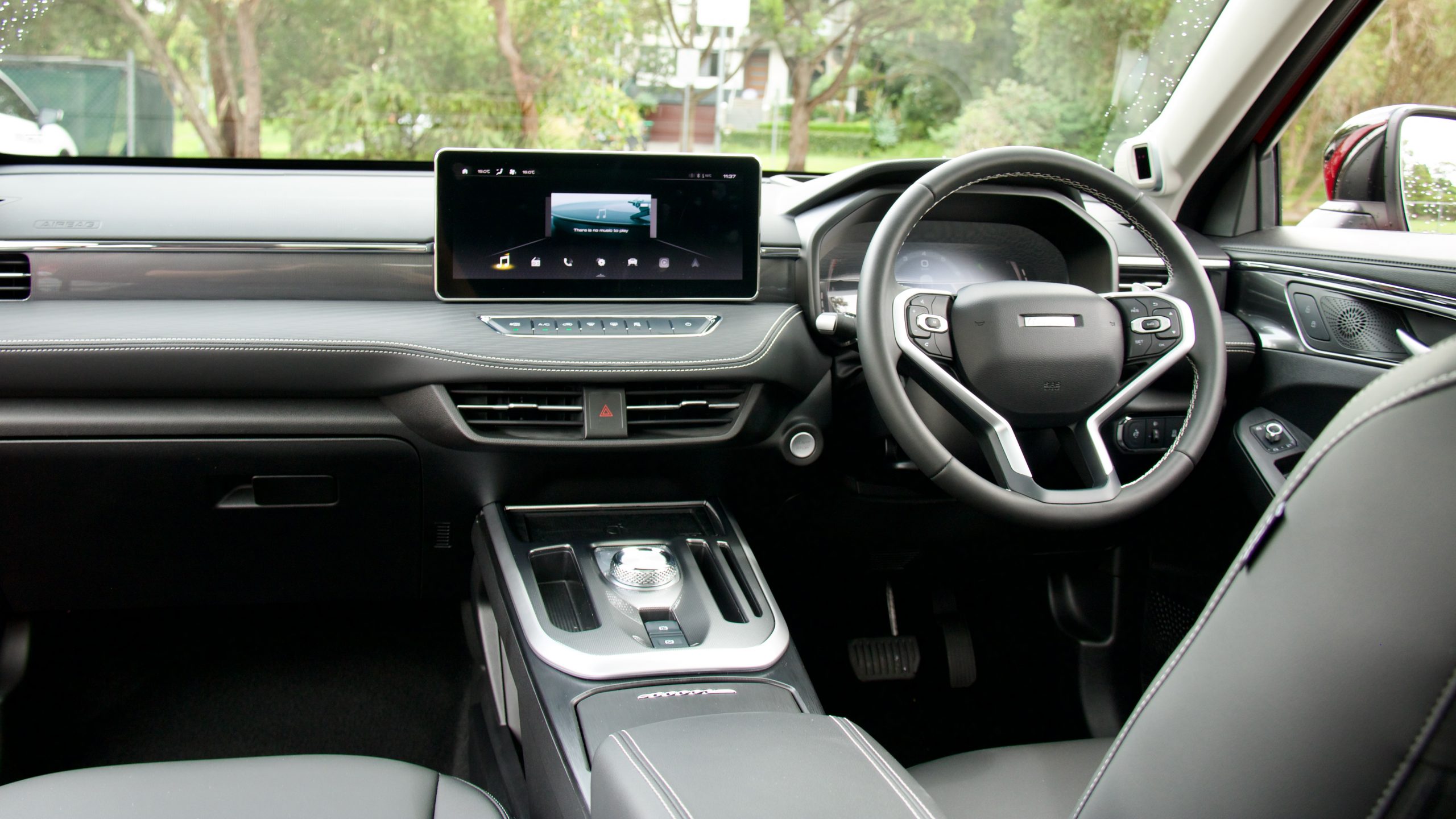
Centre of the Jolion’s interior is a huge 12.3-inch touchscreen with wired Apple CarPlay and Android Auto – but no inbuilt satellite navigation, digital radio or live services. The screen quality is quite good – far better than the grainy screen used in the Yaris Cross, especially when the 360-degree camera is selected – and it’s a nicely quick and responsive screen to use, and the colours are bright. With CarPlay or Android Auto in use, it’s a good system – but the native menus and layout needs a big revision, in our opinion.
It’s clearly configured for left-hand drive use, with the menu buttons located on the left side of the screen, and performing simple tasks like changing the temperature or activating a seat heater takes two or three presses when in many competitors, you simply press a button or turn a dial. The software itself is clumsy and poorly laid out, with confusing menus. The Jolion S has a new button layout underneath the centre screen for better ease of use, but it still requires you to press a button to then change the temperature. With a complete redesign of functionality and the addition of a number of physical buttons, we think the Jolion’s cabin would be far better.
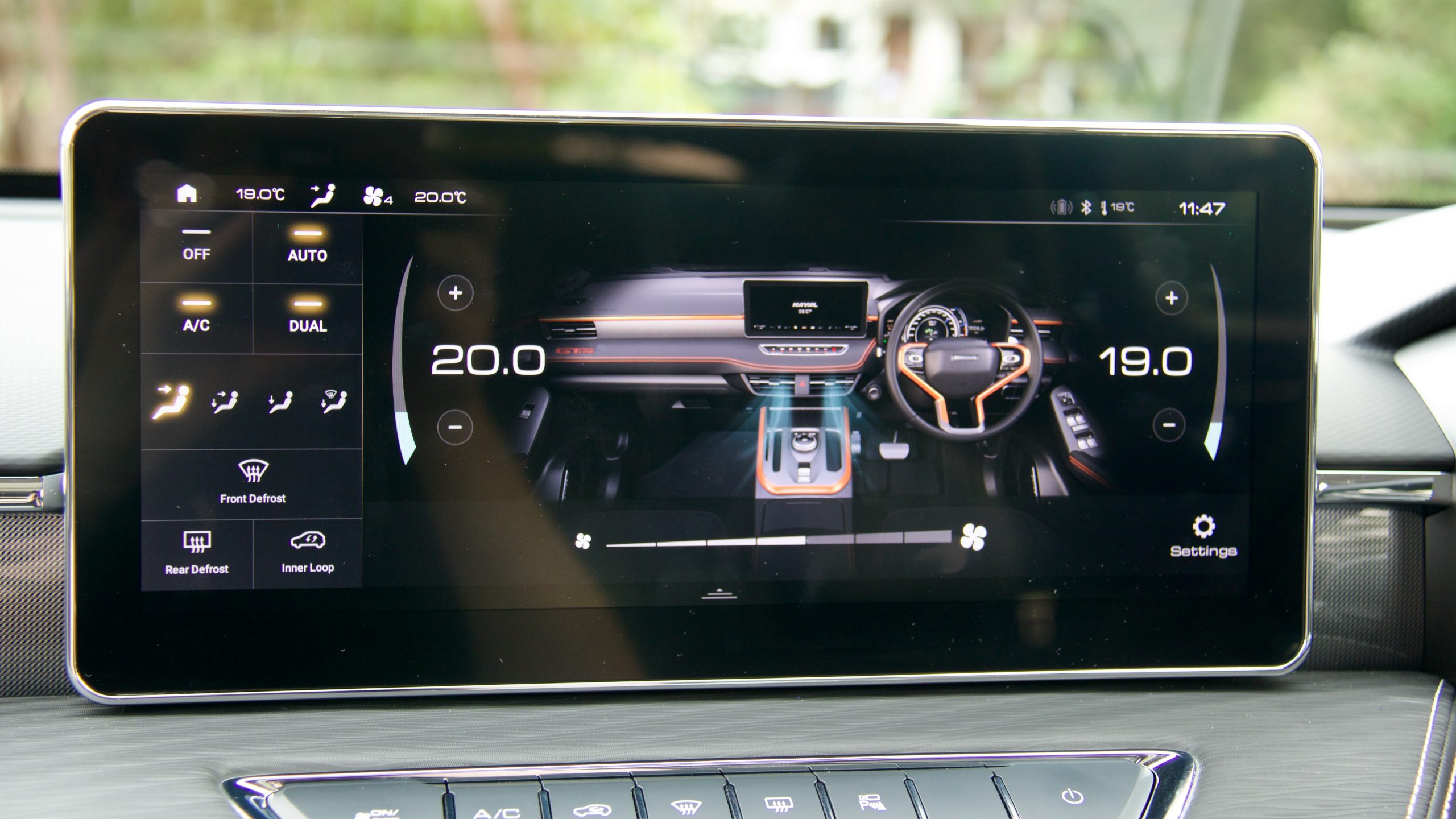
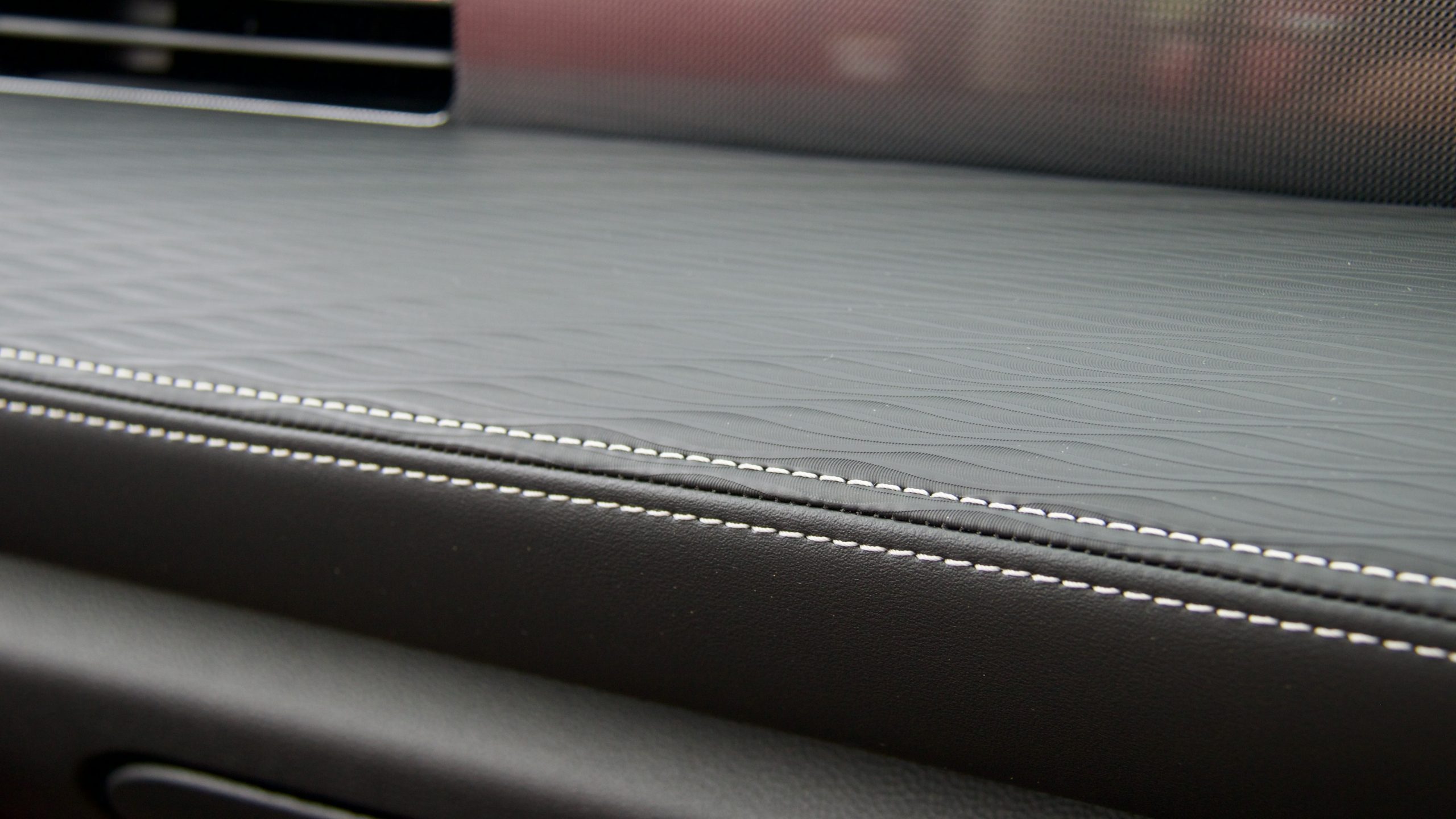
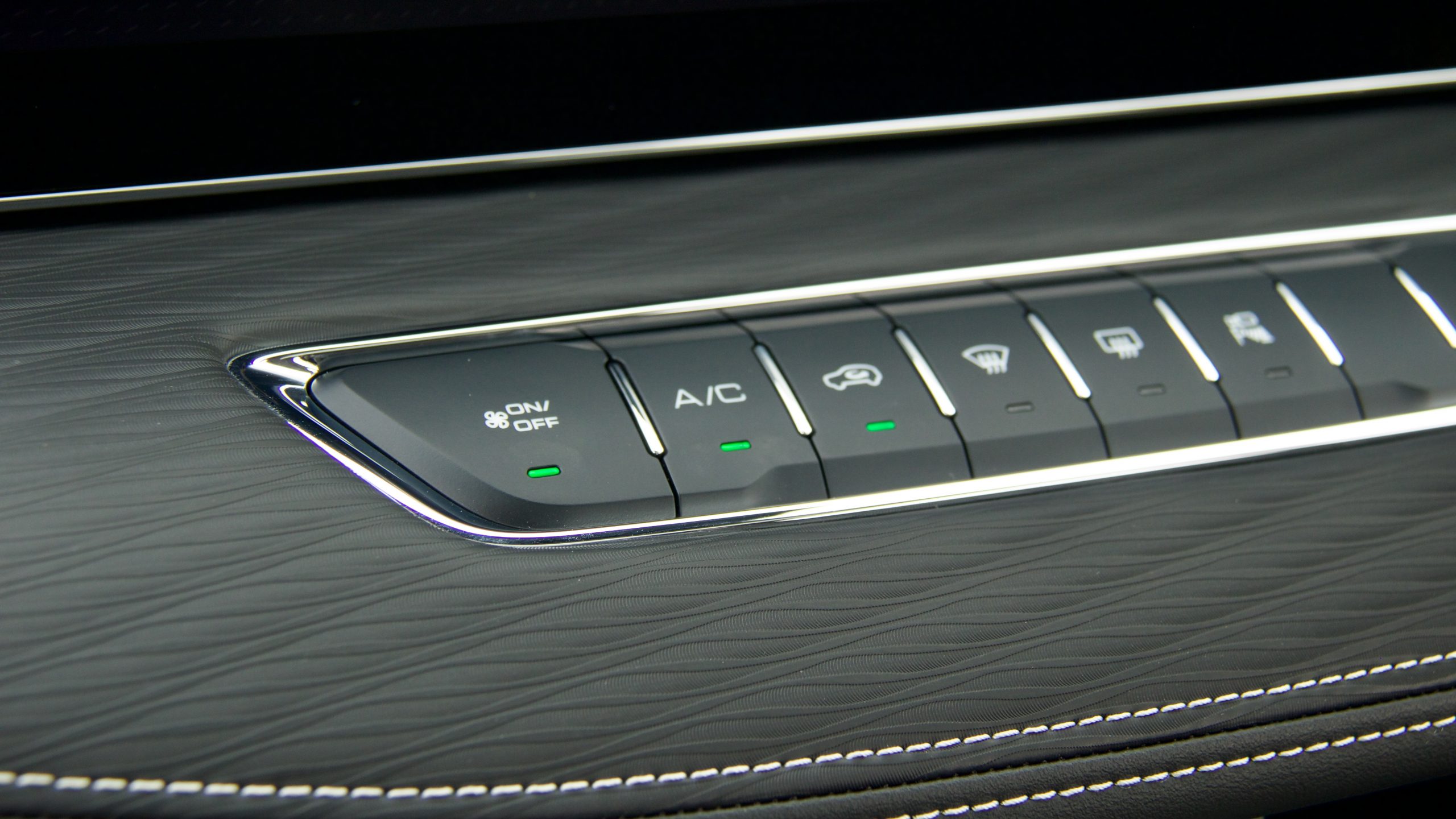
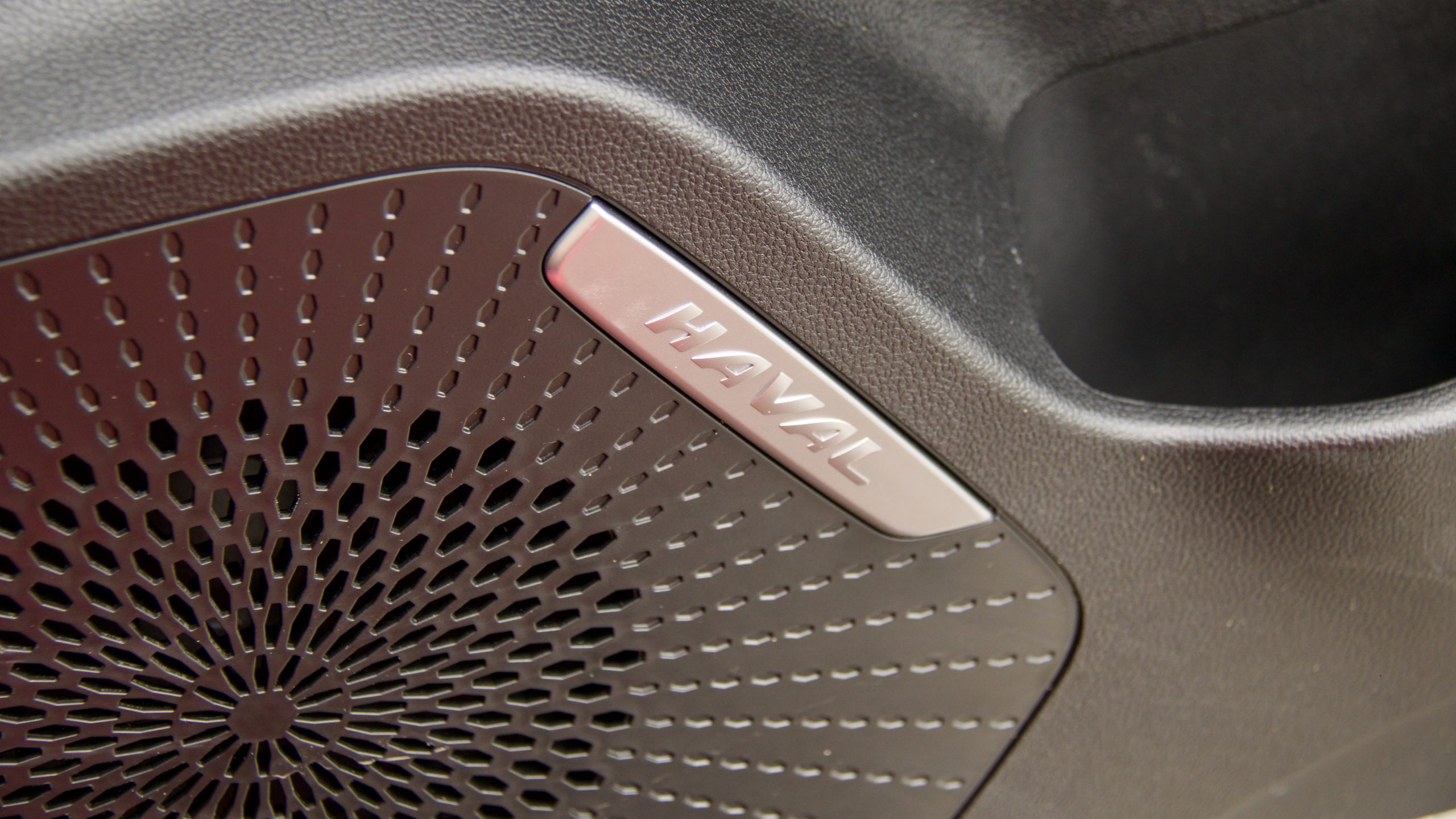
We also think that the driving position of the Jolion range needs improvement. While the driver’s seat is electrically adjustable, you cannot adjust the under-thigh angle so that you never feel like you’re sitting in the seat, but just on it. There’s also no lumbar adjustment, which would be great for longer journeys. The steering wheel also does not adjust for reach, only rake, so that if you’re tall, you can’t pull the steering wheel towards you for greater comfort. Small improvements yep, but worthwhile in our opinion, as you’d be able to gel with the car much better.
Thankfully, storage inside the Jolion S is great with a huge tray underneath the centre console, big door bins, a wireless phone charger underneath the air vents, a few storage slots for phones and wallets next to the gear lever, a reasonable glovebox, a bin underneath the centre arm rest and two oddly-shaped cup holders (one is for a small can and the other is for a bigger one, but you can’t fit two regular cups).
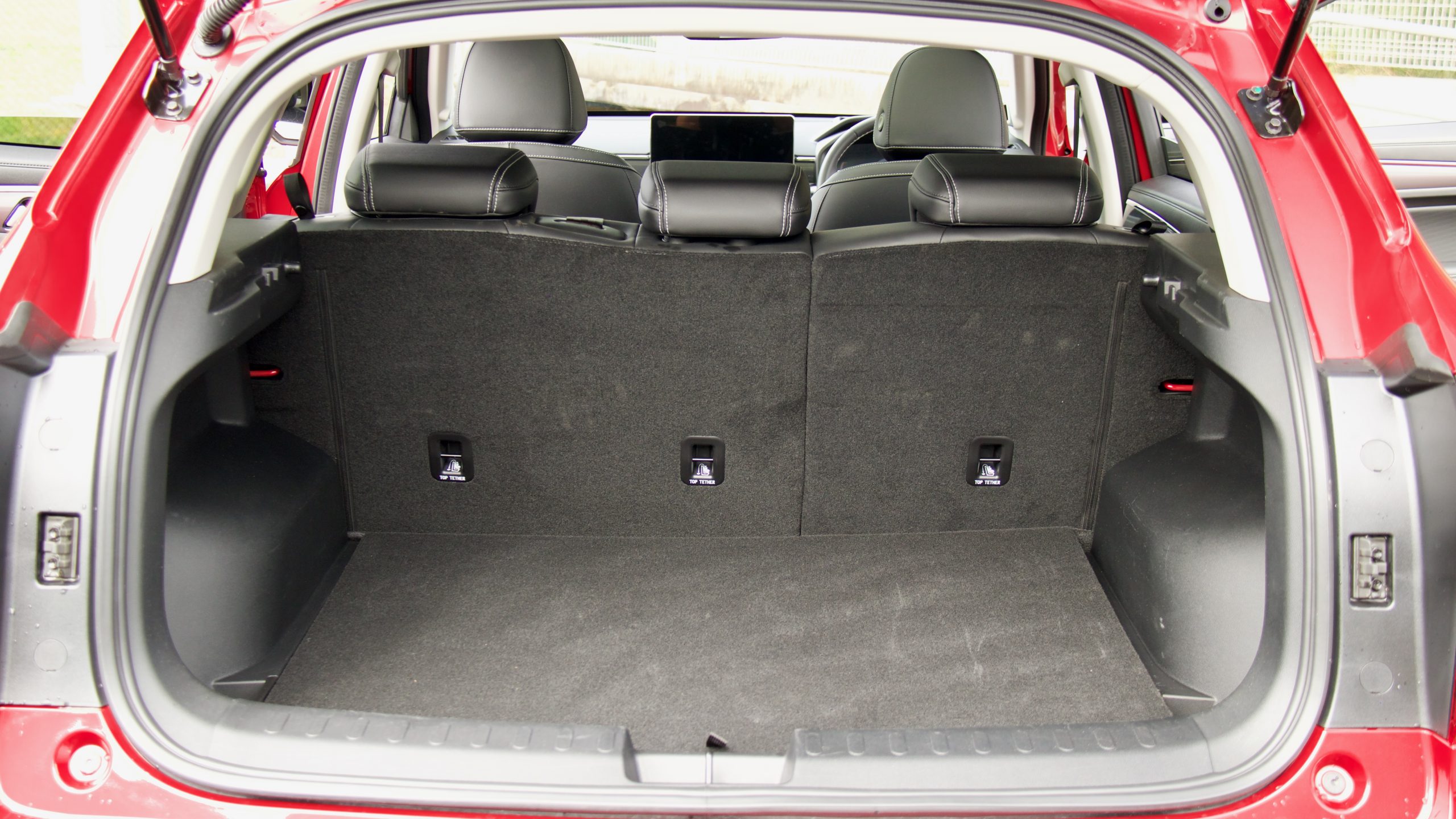
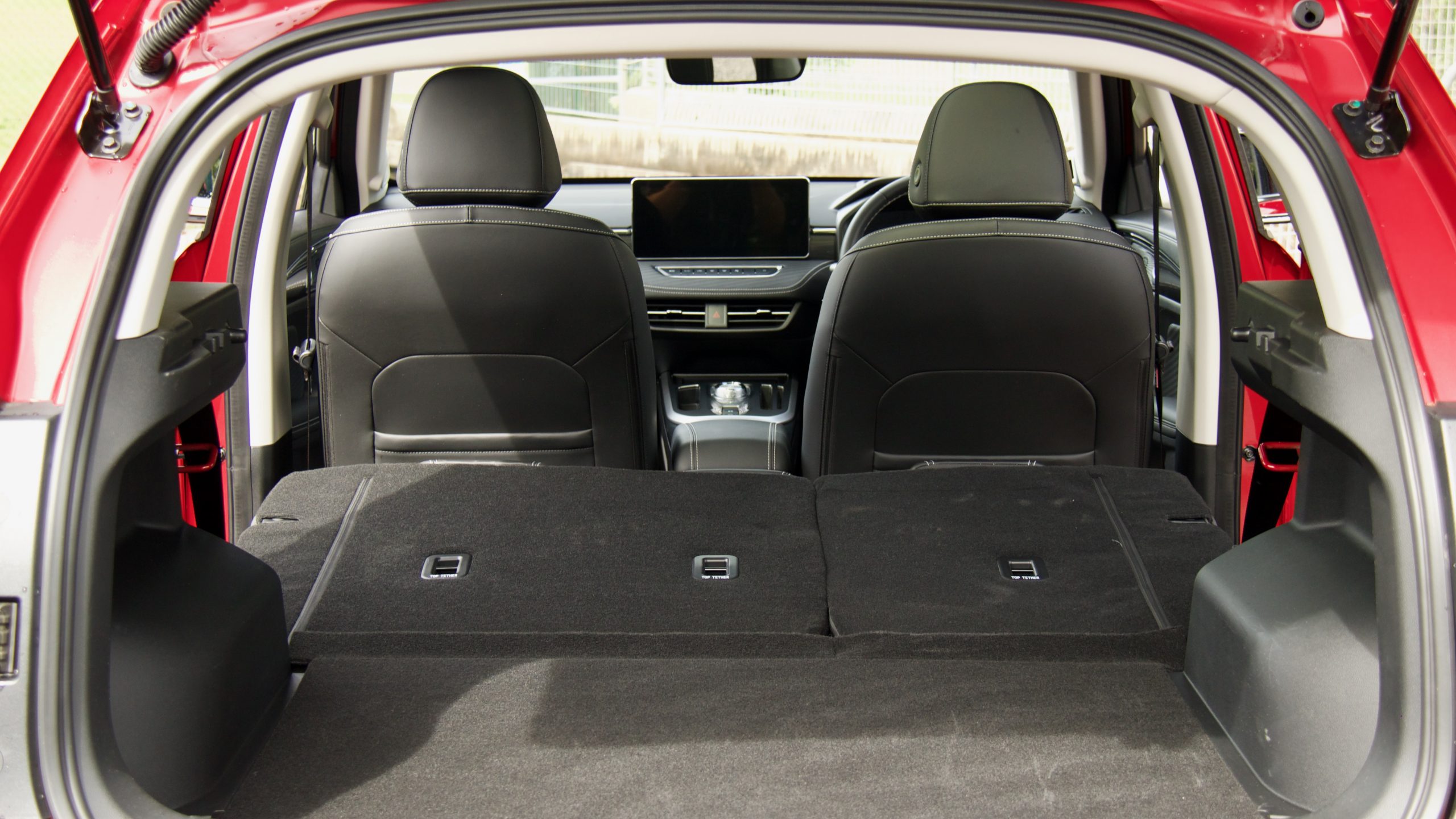
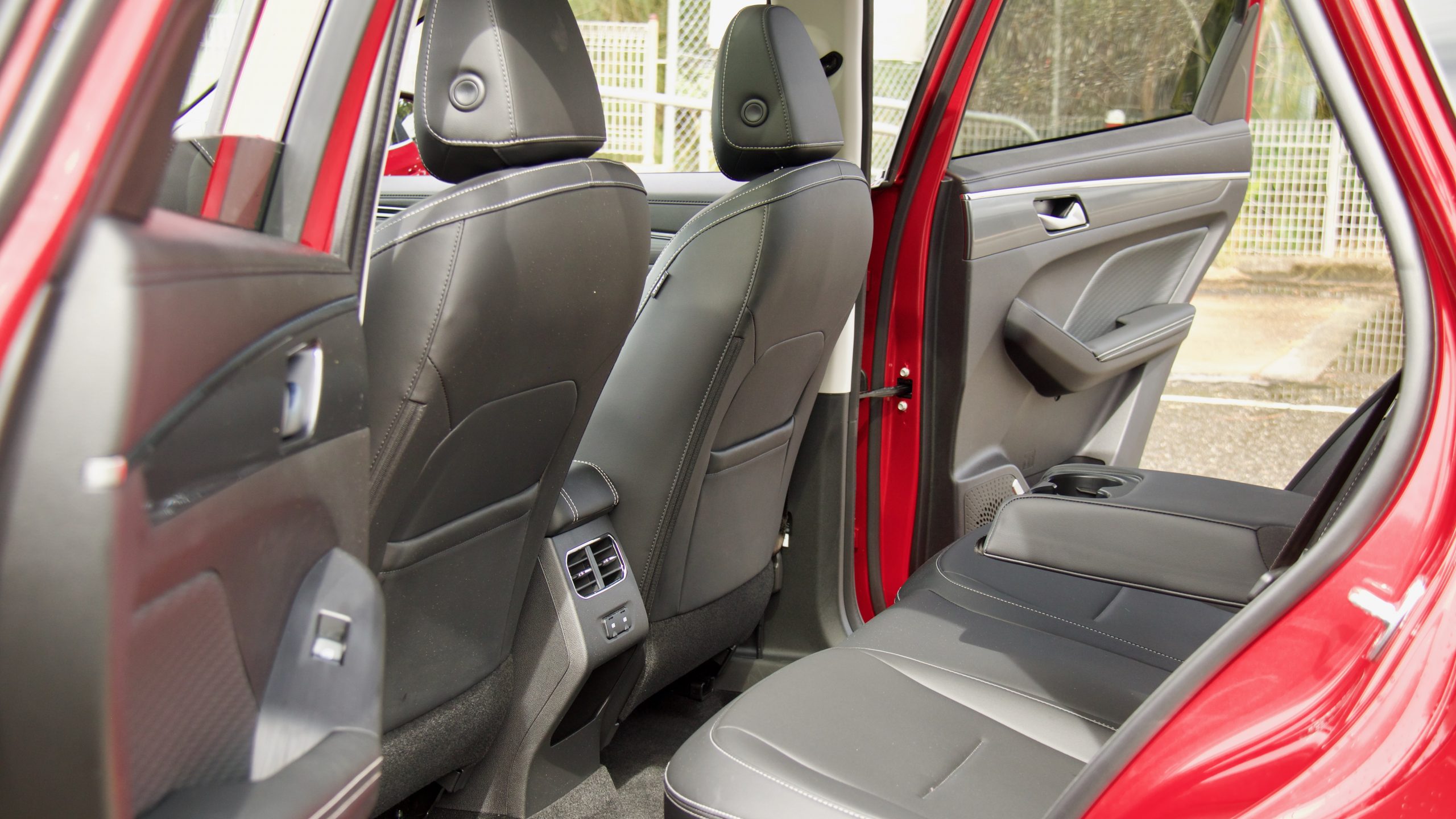
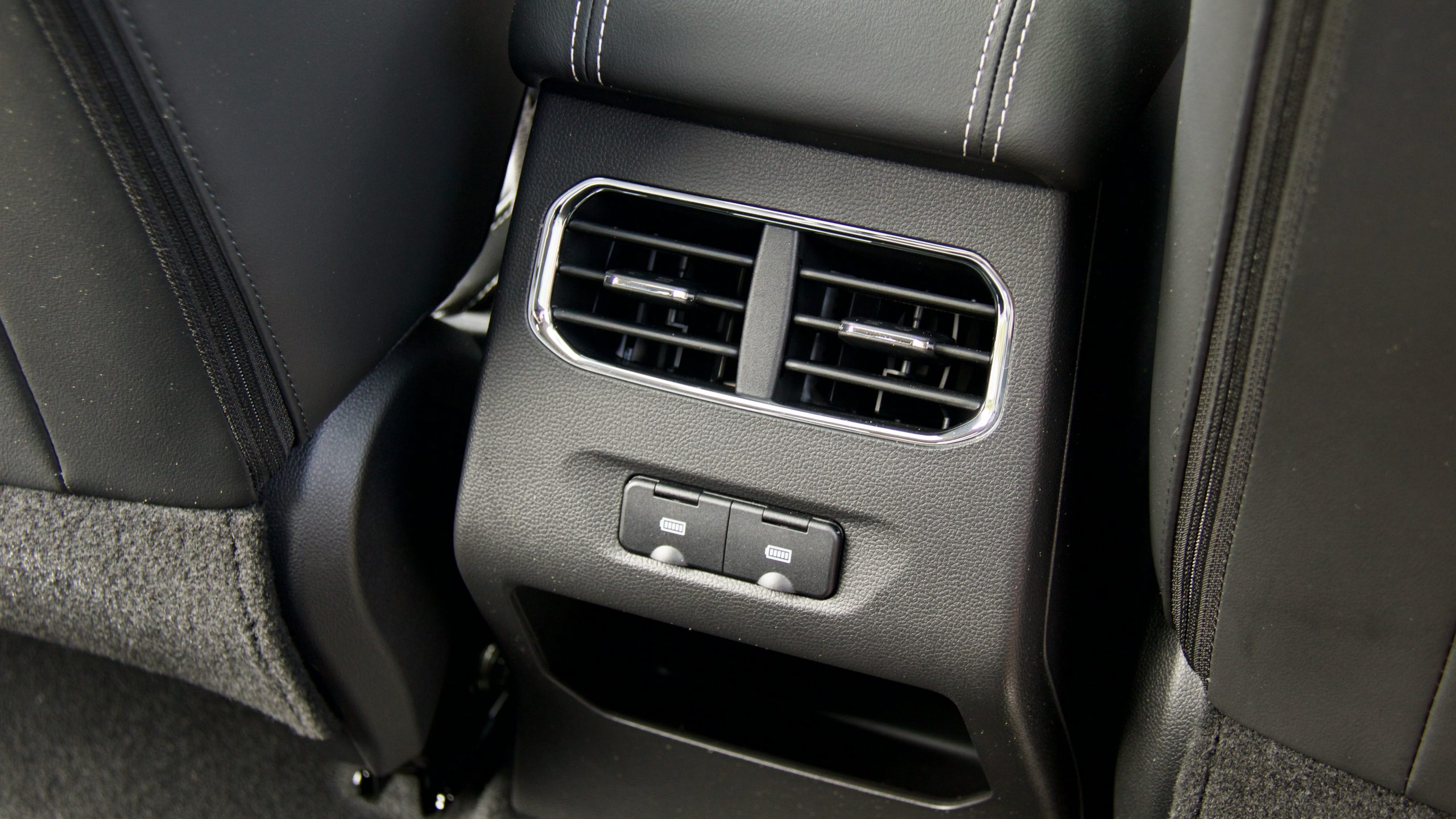
The rear seat of the Jolion S is also a positive experience because it offers one of the best rear seats in the segment with far more room in all directions than both the Kona and Yaris Cross. It has plentiful leg- and headroom, as well as the two USB-A charging ports, bottle holders in the doors, two map pockets, a centre armrest with cup holders and air vents. The rear floor is completely flat so that fitting a third person is possible and the seats are comfortable as well.
The boot of the 2023 GWM Haval Jolion S measures 430-litres, which makes it one of the largest in the segment. Fold the seats down and there’s 1,139L of space on offer. There’s a bit of side storage and two hooks to hang bags off, but that’s it for clever storage. Underneath the boot floor is a space saver spare wheel.
Service & Warranty: 9/10
Like other new GWM Haval products, the 2023 GWM Haval Jolion S comes with a seven-year/unlimited km warranty with five years of roadside assistance and capped price servicing. Like other GWM models, the Jolion S has odd service intervals – they’re all due within 12 months on time but the distance changes from 10,000km for the first service to 15,000km each service afterwards. However, the first five years/70,000km of servicing costs a cheap $1,550 or $310 per service.
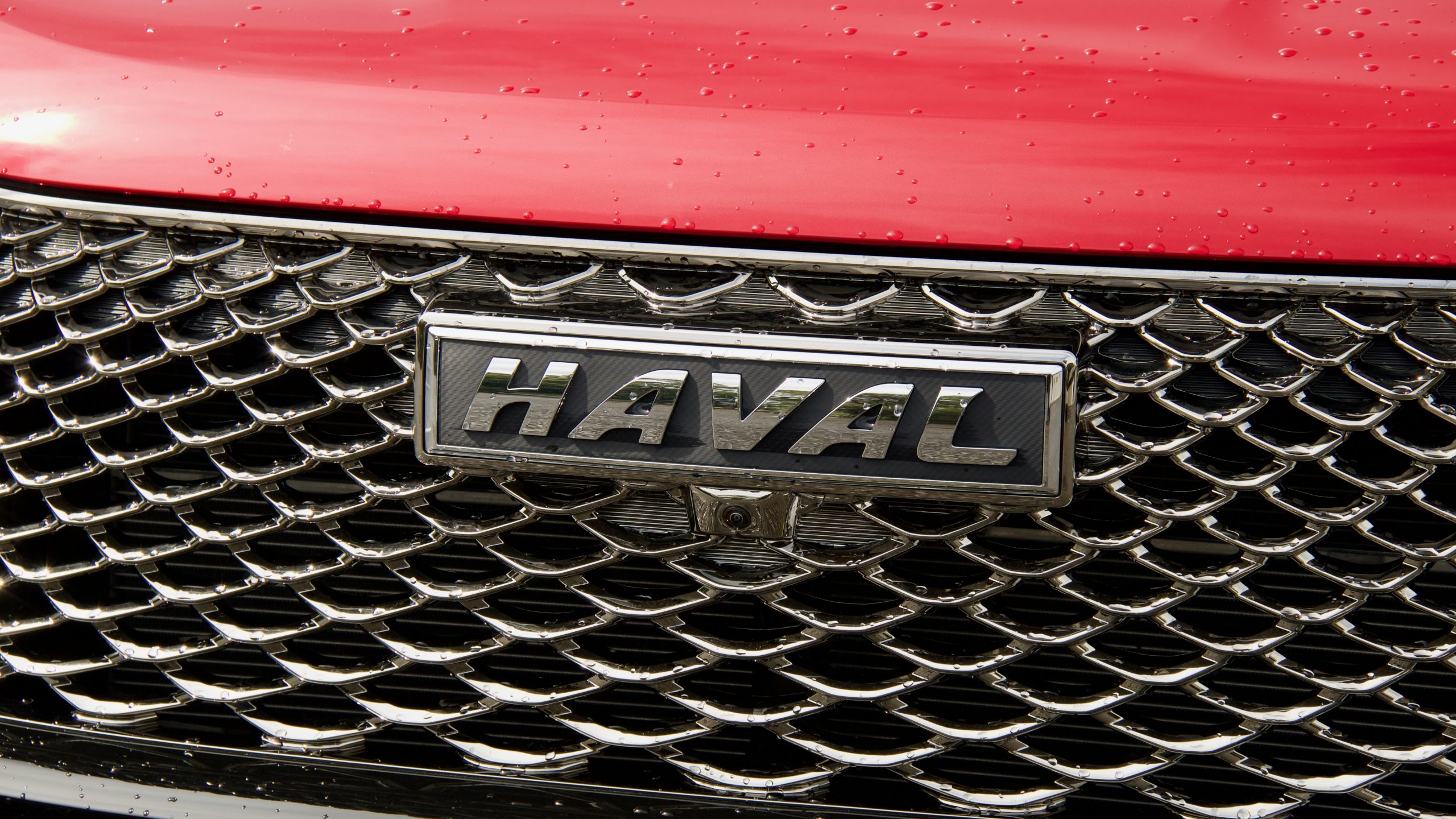
Both Toyota and Hyundai feature lesser five-year/unlimited km warranties – though if you service your Yaris Cross at a Toyota dealership, you get an extra two years’ mechanical warranty and even up to 10 years of warranty for the hybrid system. Hyundai gives you roadside assistance for as long as your Kona is serviced at a Hyundai dealer – Toyota gives you none at all. Five years of servicing the Kona costs $1,595 ($319 per service) and the same for the Yaris Cross just $1,250 ($250 per service) – the Kona has 10,000km intervals and the Yaris Cross longer 15,000km intervals.
The 2023 GWM Haval Jolion S DiscoverAuto Rating: 7.3/10
Overall, like the recently-released hybrid variant, the 2023 GWM Haval Jolion S adds another element to the popular small SUV with its sportier attitude, extra power and independent rear suspension set up to build on its positive points. It’s spacious, practical, excellent value for money, has a long warranty with cheap servicing (for the first five years) and it’s also nice to look at.
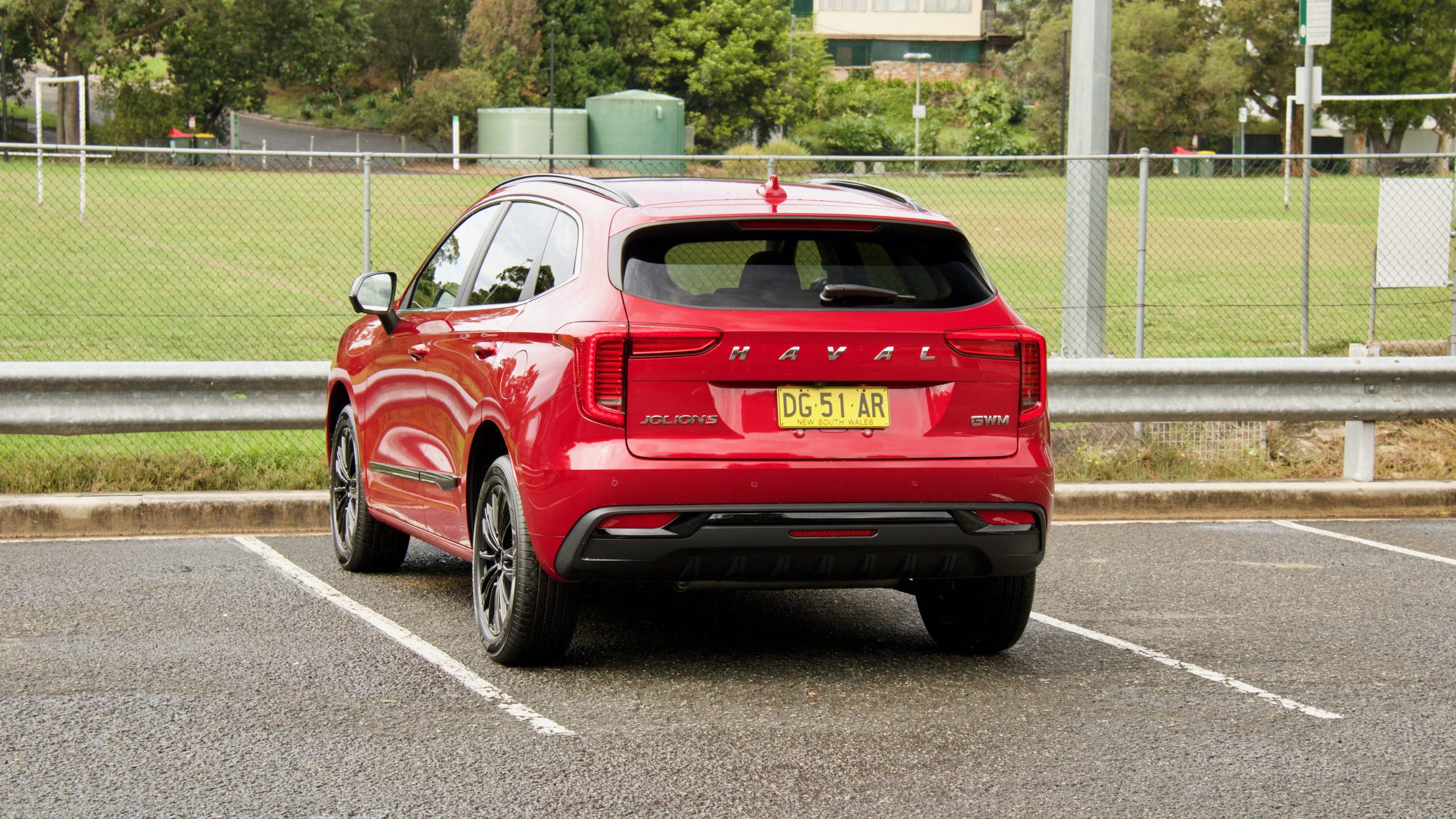
On the flipside, there are a few areas that we think need improvement with the Jolion S: its unpredictable dual-clutch transmission, frustrating infotainment system and intrusive active safety features are big issues that need attending to as they leave a bad taste in your mouth. We think that GWM Haval needs to employ a team to update all of these features to be more intuitive and arguably safer in their operation. If you can look beyond these issues, there’s lots to like with the Jolion S – but until they are fixed, we’d be looking elsewhere.
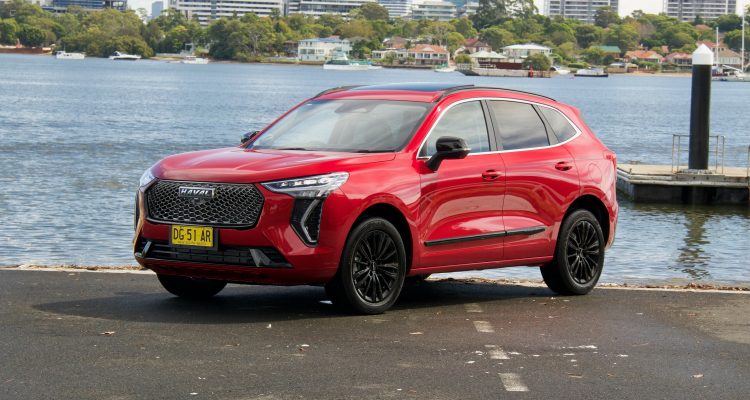
Leave a Reply